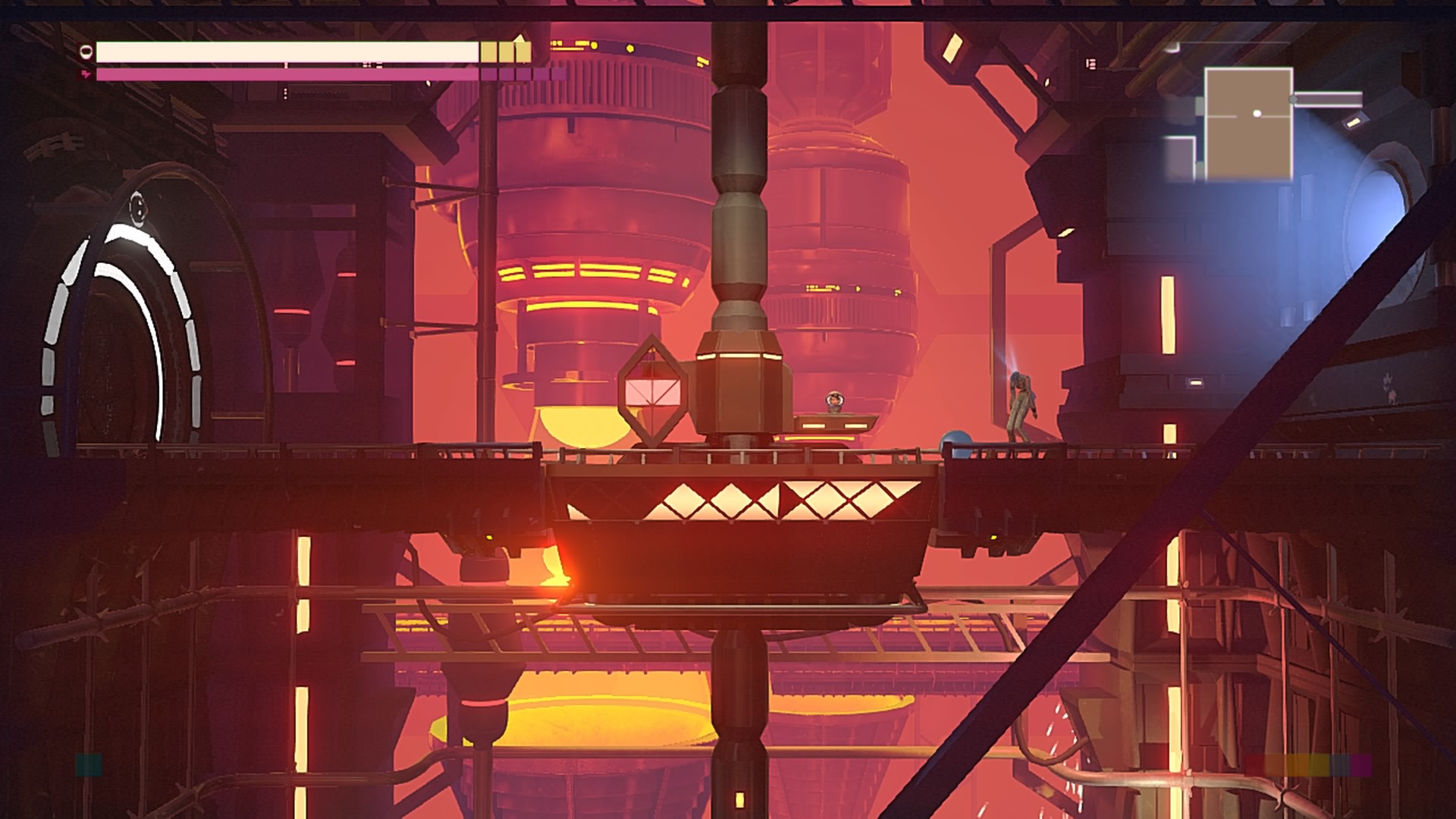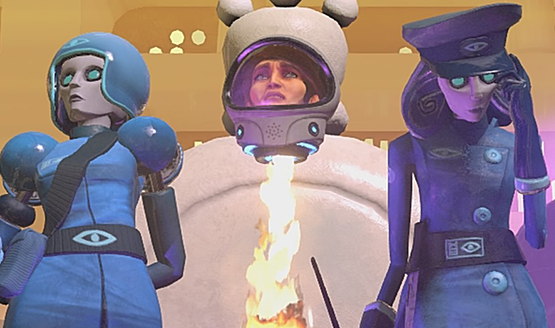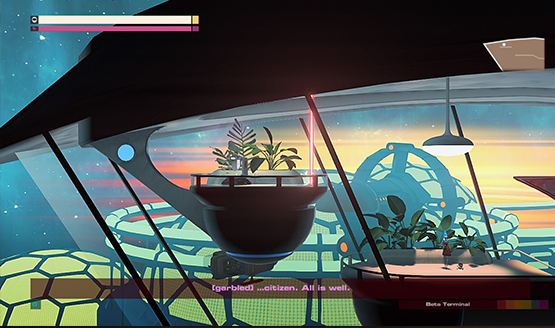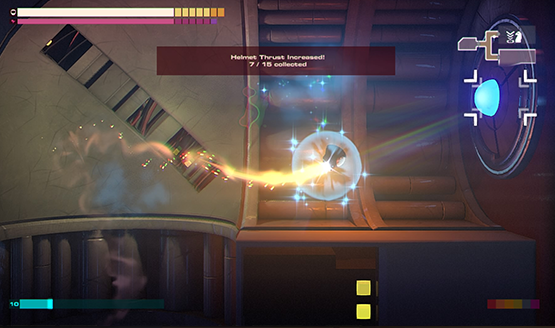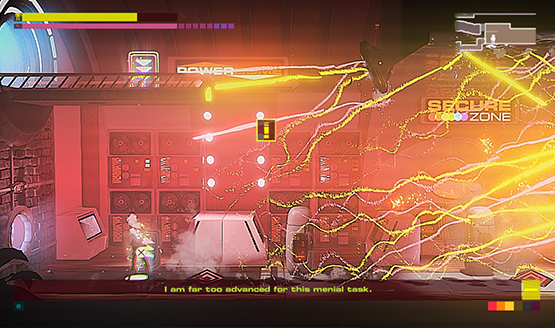The idea of Headlander always intrigued me. Combine a retro futuristic appeal with a metroidvania style game. Wrap all that in a Double Fine and Adult Swim sense of humor and absurdity, and you’ve got the basic gist. Of course this being Double Fine, we have to assume that the gameplay will also take on a unique twist, not just the subject matter, and unique it is. The main character is a voiceless head in a rocket propelled space helmet.
This lone human head wakes up in a robot filled future after humanity had apparently been uploaded into interchangeable robot bodies in an effort to preserve the human race for the rest of time. It’s not all sunshine and shag carpets however. The leader AI, Methuselah, has enslaved everyone in pursuit of some odious purpose that still isn’t very clear to me, despite already having the Platinum trophy.
Guided by a voice on the radio named Earl, and soon after meeting up with a cast of resistance fighters known as the Daughters of Lucia-13, the story never really gets to the depth and intrigue that it hints at. I’m not asking for anything complex here, but the way the narrative is delivered makes the last couple of twists and turns really fall flat, lacking any real impact or explanation. It’s a huge set up with no satisfactory pay off, almost like they lost their train of thought halfway through the game and didn’t know how to resolve everything.
Back to the Future
Visually and conceptually, the retro futuristic 70s vibe is rewarding, filled with enough innuendo to make your body-agnostic head spin. References like entering the Pleasure Port, sucking off heads, and even the phallic shape of the tutorial’s escape pod are painfully obvious, but obnoxiously subdued at the same time. Many cases made me question whether the humor was the developer’s intent or just my own dirty mind putting a sexual spin on otherwise innocent references. And then halfway through it just kind of stops. Maybe the references were going over my head, but the pervasive humor from the first half of the game seemed to all but vanish before the end.
While just being a head might sound like it would suck, our hero doesn’t have it half bad. The world is filled with robot bodies to land on and take control of, giving him various abilities like access to color coded doorways and lasers. Actually, those are the only two real abilities that landing provides, with most of the game’s puzzles relying on finding the right color body and figuring out how to get it to the right color door. These puzzles get increasingly easier as the game goes on, as the next color in sequence gives access to its own door and all previous colors.
It was a novel idea in the beginning, but by the end figuring out the blue and violet doors is about the same as figuring out the initial red and orange doors. The robots’ inability to jump does offer some difficulty, sometimes creating a blockade that requires an approach from a different direction, or finding a different body altogether, but these areas are few and far between, and usually if you can get your head on a higher tier body color, you essentially open up the map and the ability to traverse it freely.
Book of Concepts
Occasionally some alternate ideas are floated, such as rooms that can only be accessed if you are sucking up the correct gender of robot head, or the chess arena that eschews everything learned to that point to only allow access to certain doors depending on the color of chess piece you are controlling. Instead of tying these devices into the rest of the game as a new element, they remain relics and concepts, stuck in each of their individual sections forevermore. Upon leaving, the game reverts back to finding the right color body for each door.
Of course, what would a metroidvania game be without secret areas and sidequests to complete? Headlander has them, but most feel like an afterthought. Some of the most intriguing metroidvania games have shown a door or a path that cannot be accessed early on, hinting at abilities gained much later. Most all of Headlander’s secret areas are accessible immediately or very shortly after, using abilities primarily gained linearly in the environment, not from bosses, off the beaten path, or much later in the game. I had the ability to traverse most secret areas upon first encountering them, leaving little need for exploration or metroidvania style backtracking. Sidequests don’t fare much better, with a total of only four or five through the whole game and little reward for completing them.
Sure Thing, Boss
My favorite aspect of most metroidvania games is coming across the unique and diverse bosses, utilizing abilities gained up to that point to defeat them. Headlander has a grand total of two bosses — one at the end of the murder chess arena, and the final boss, both of which offer interesting enough set pieces to have a bit of fun with. While the final boss does require the use of abilities gained, the chess queen instead uses mechanics only found in the murder chess portion of the game. Without any more bosses, it feels like the developers ran out of concepts before this one got too far off the ground. I’m also a little disappointed that it wasn’t defeating the bosses that gave new abilities to use moving forward.
Headlander is a tease — a conglomerate of great ideas that tapered at the halfway point in favor of very basic “find the right color robot body” mechanics, lack of continued humor, and a middling story at best. After teaching players the essentials, it never really expands on its own ideas to create compelling puzzles in the manner of other metroidvania games. The first half sets up a really great game, while the second half seems like a disparate series of design concepts. Instead it offers one off distractions that are a flash in the pan to create a sense of puzzle diversity that isn’t actually there, making Headlander feel half-baked and incomplete by the time the credits roll, or even when that Platinum trophy pops. It’s not that I think Headlander is a bad game — quite the opposite. It’s just that I want Headlander to realize its potential — to be so much more than what it is.
Headlander review code provided by publisher. Reviewed on PS4. For more information on scoring please see our Review Policy here.
-
Great retro futuristic 70s vibe
-
Intriguing concept
-
Metroidvania style gameplay encourages exploration
-
Fails to build on its own ideas
-
Story falls on its face
-
Halfway point marks an obvious switch to a more lackluster game
Headlander Review
-
Headlander Review
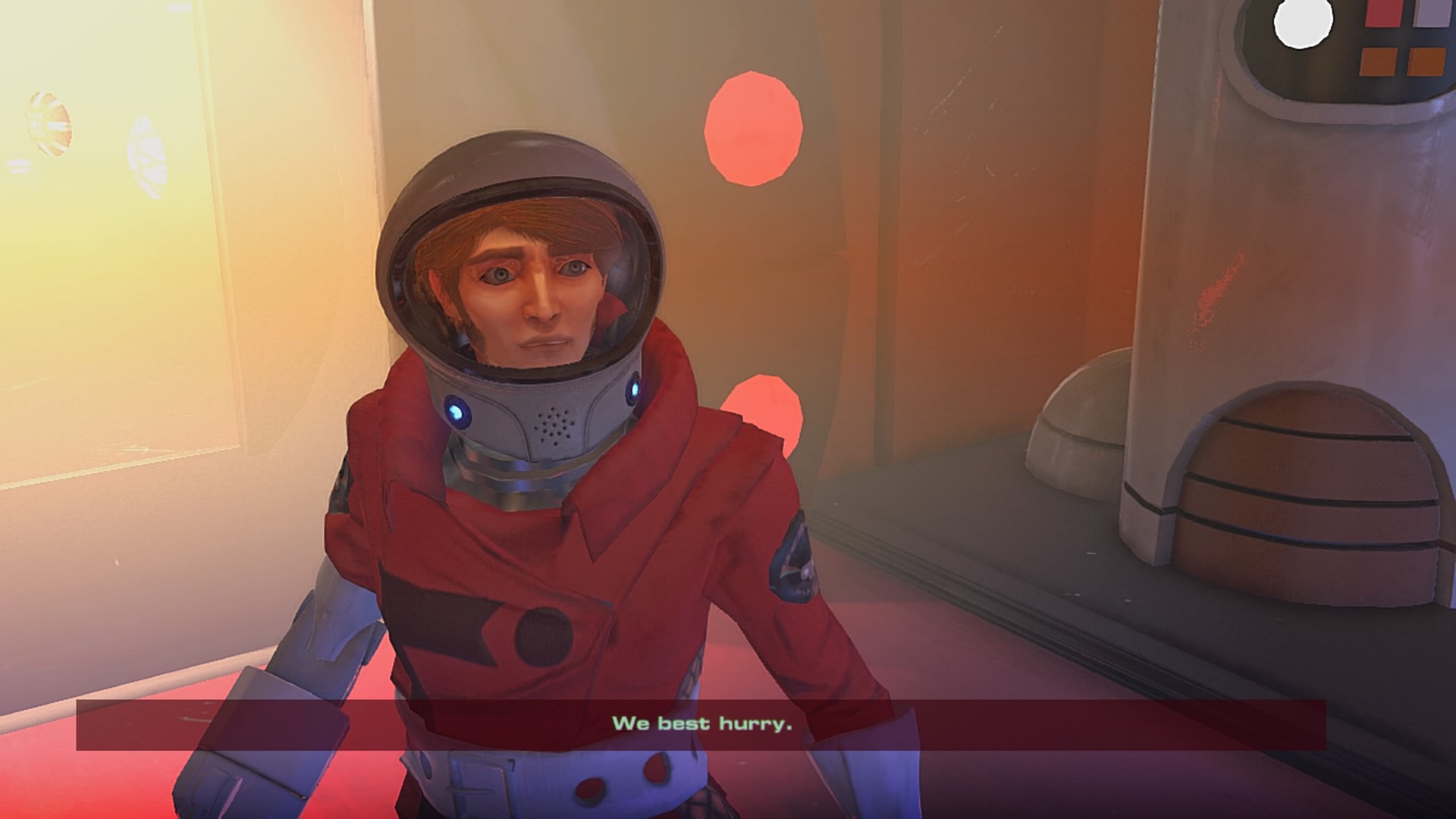
-
Headlander Review
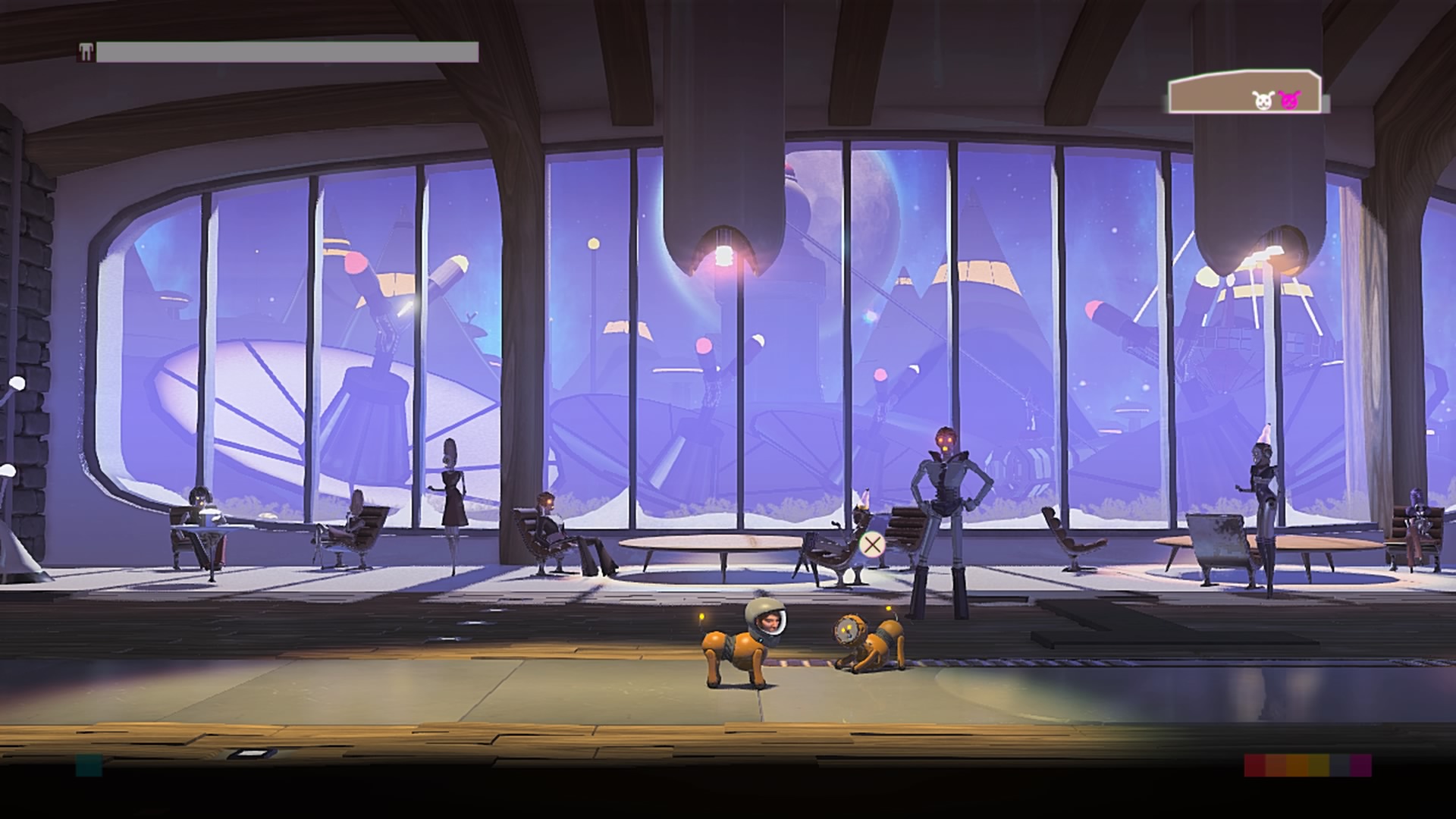
-
Headlander Review
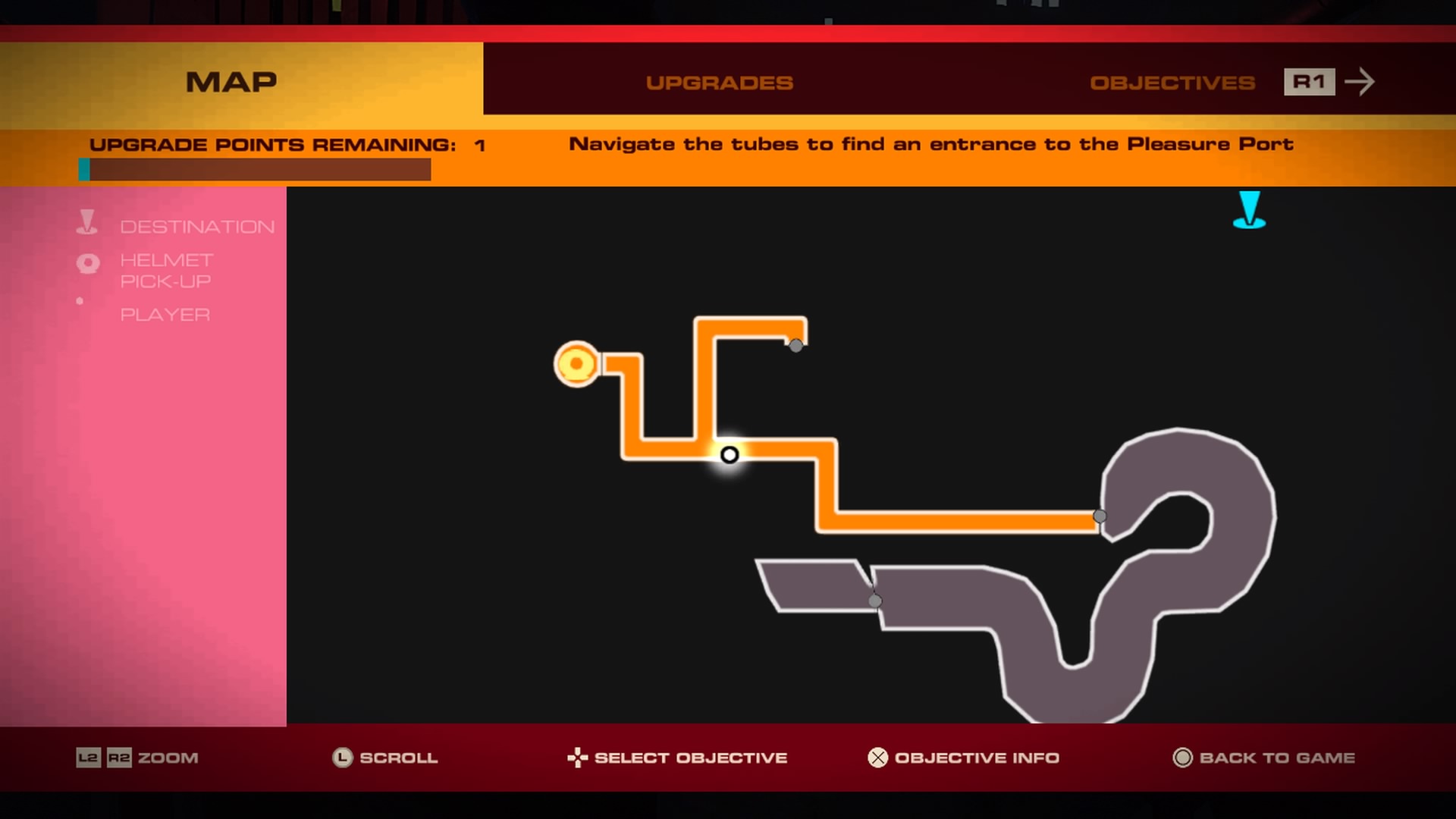
-
Headlander Review
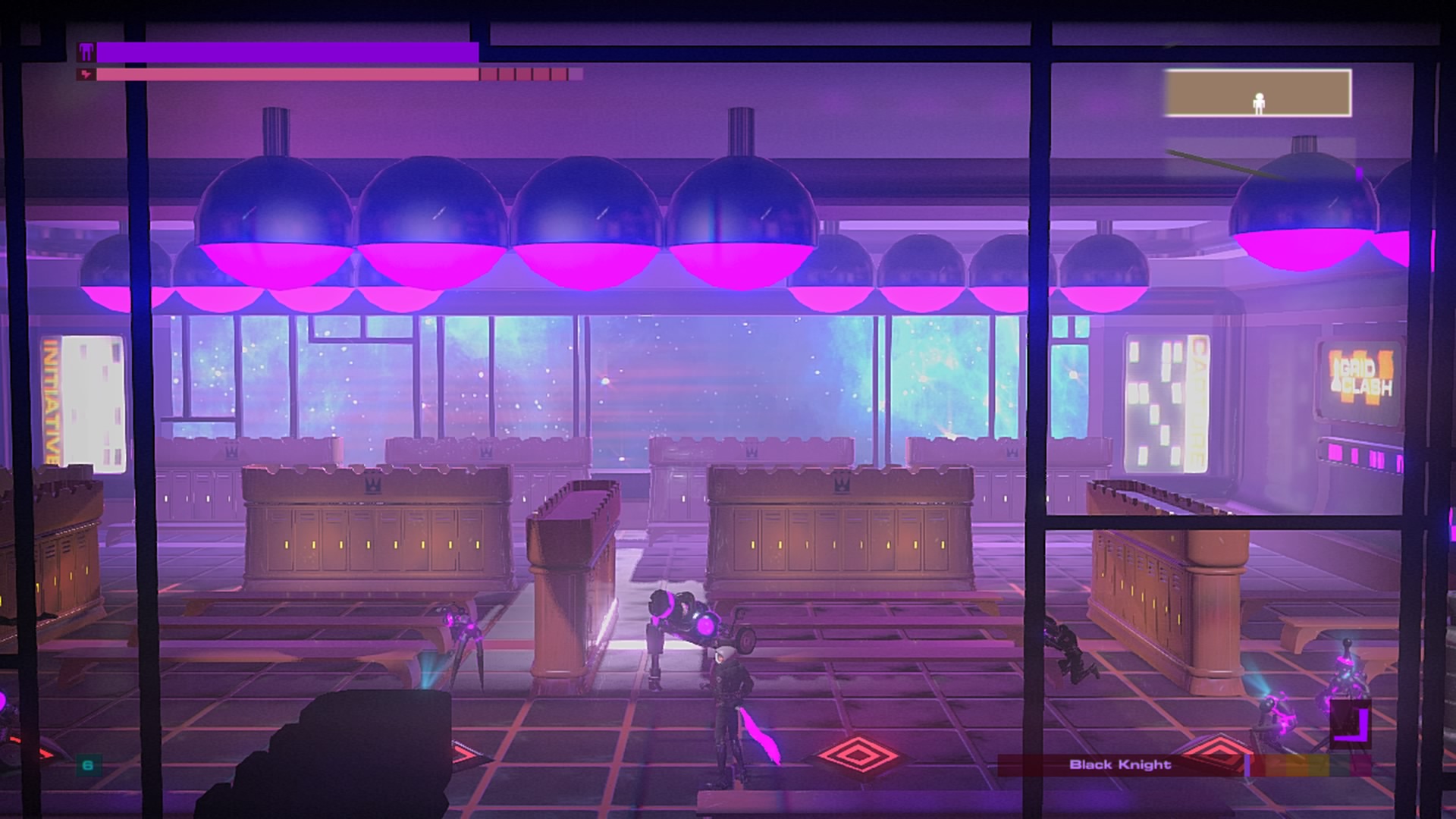
-
Headlander Review
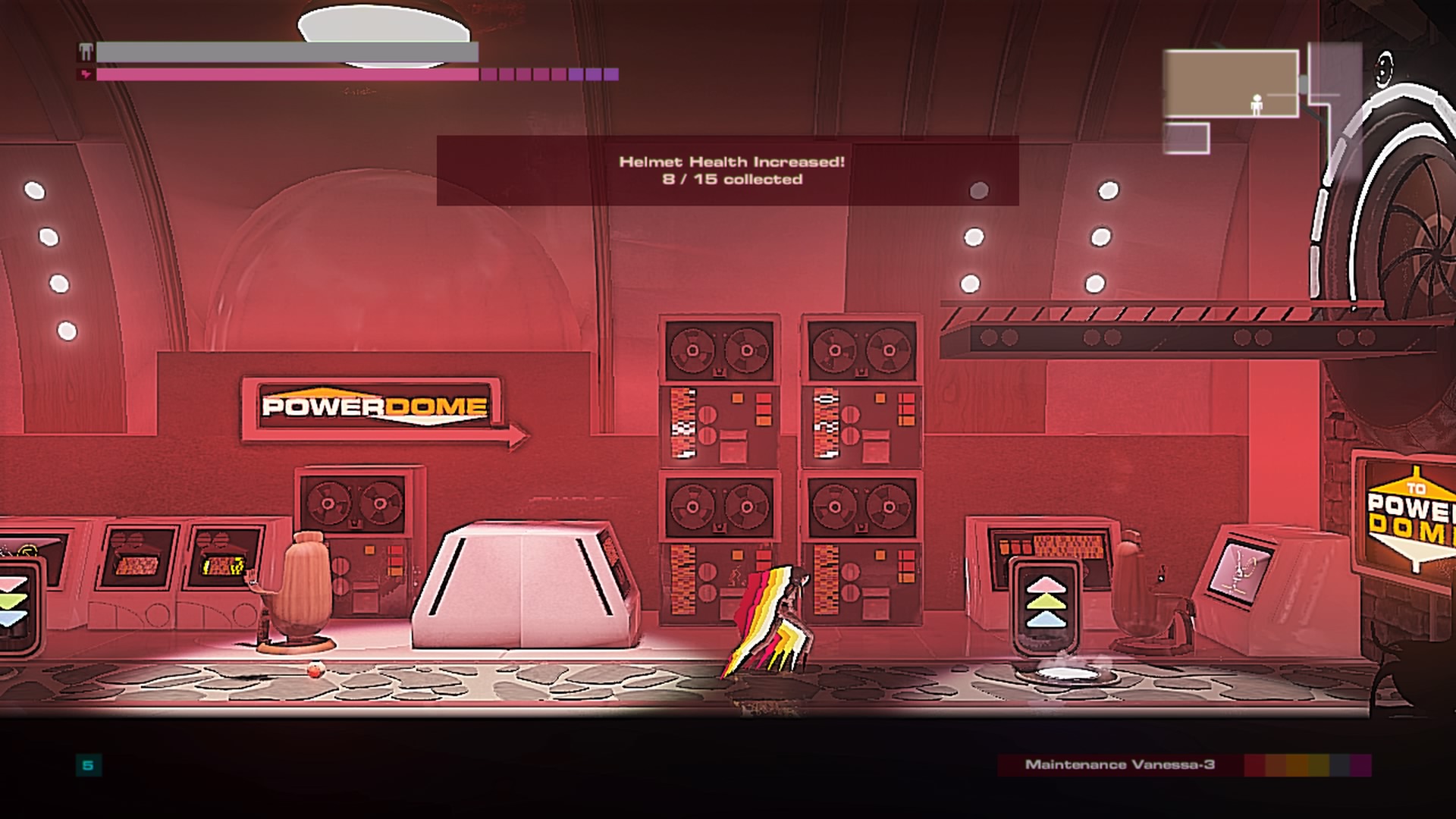
-
Headlander Review
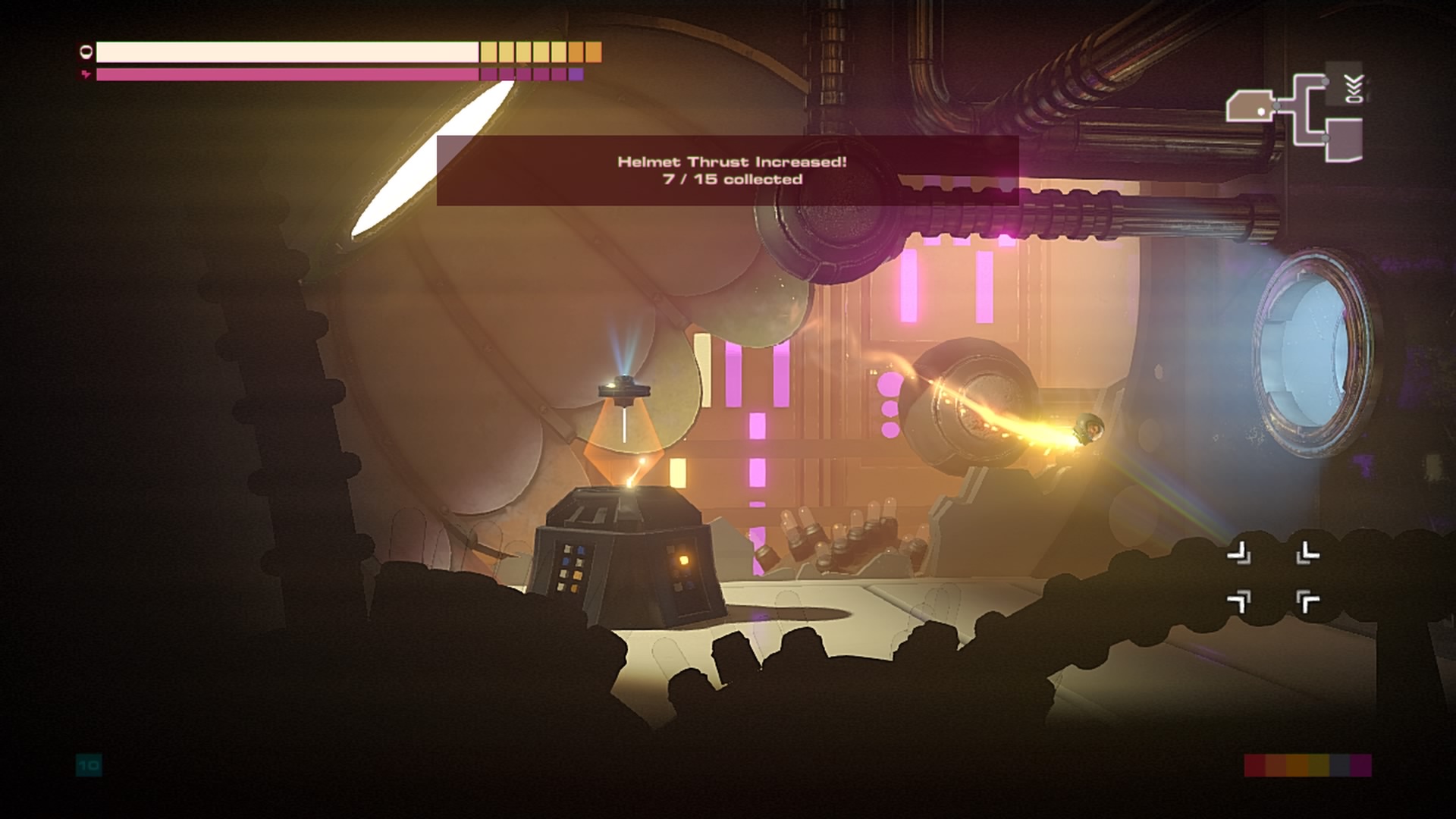
-
Headlander Review
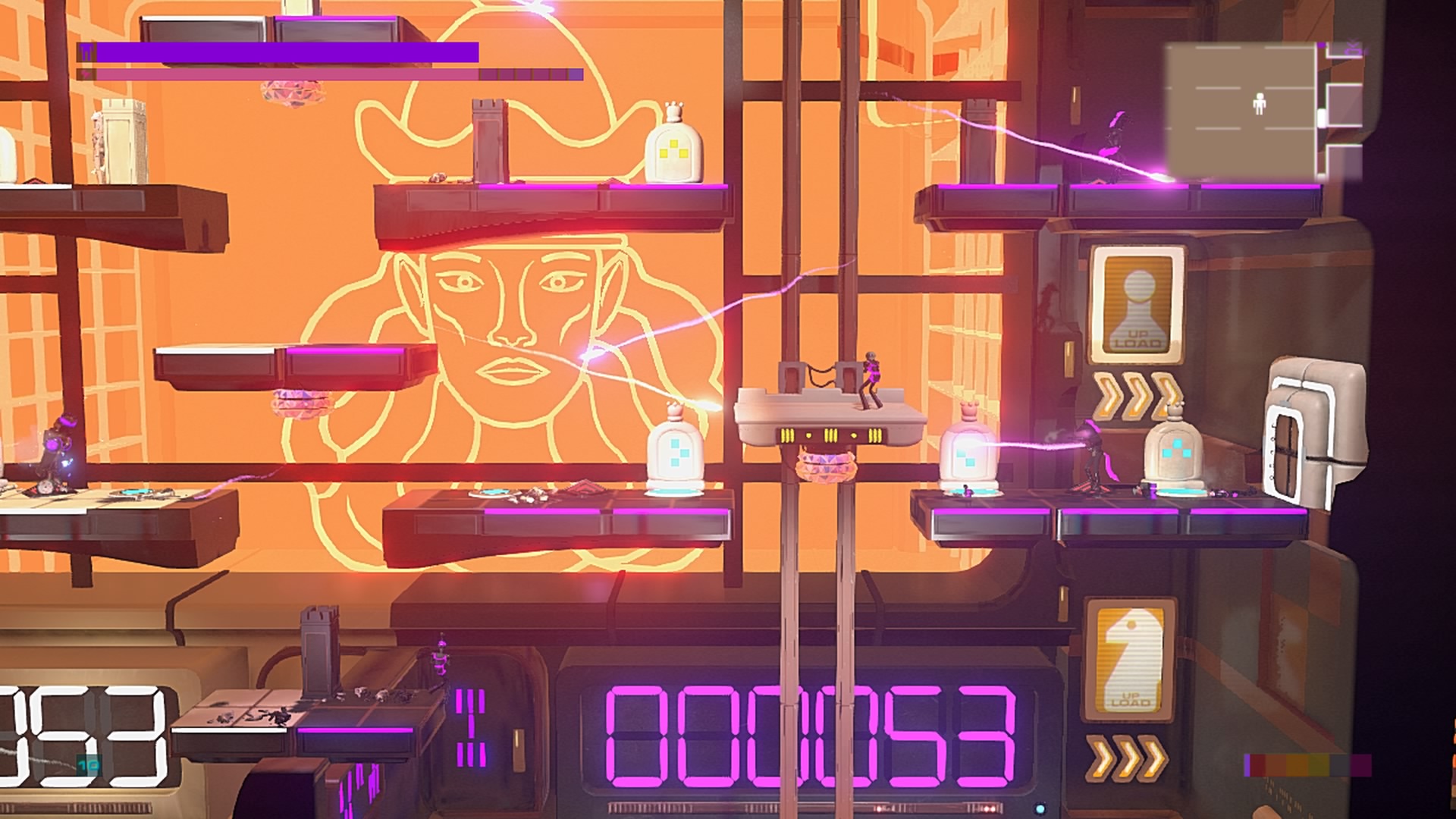
-
Headlander Review
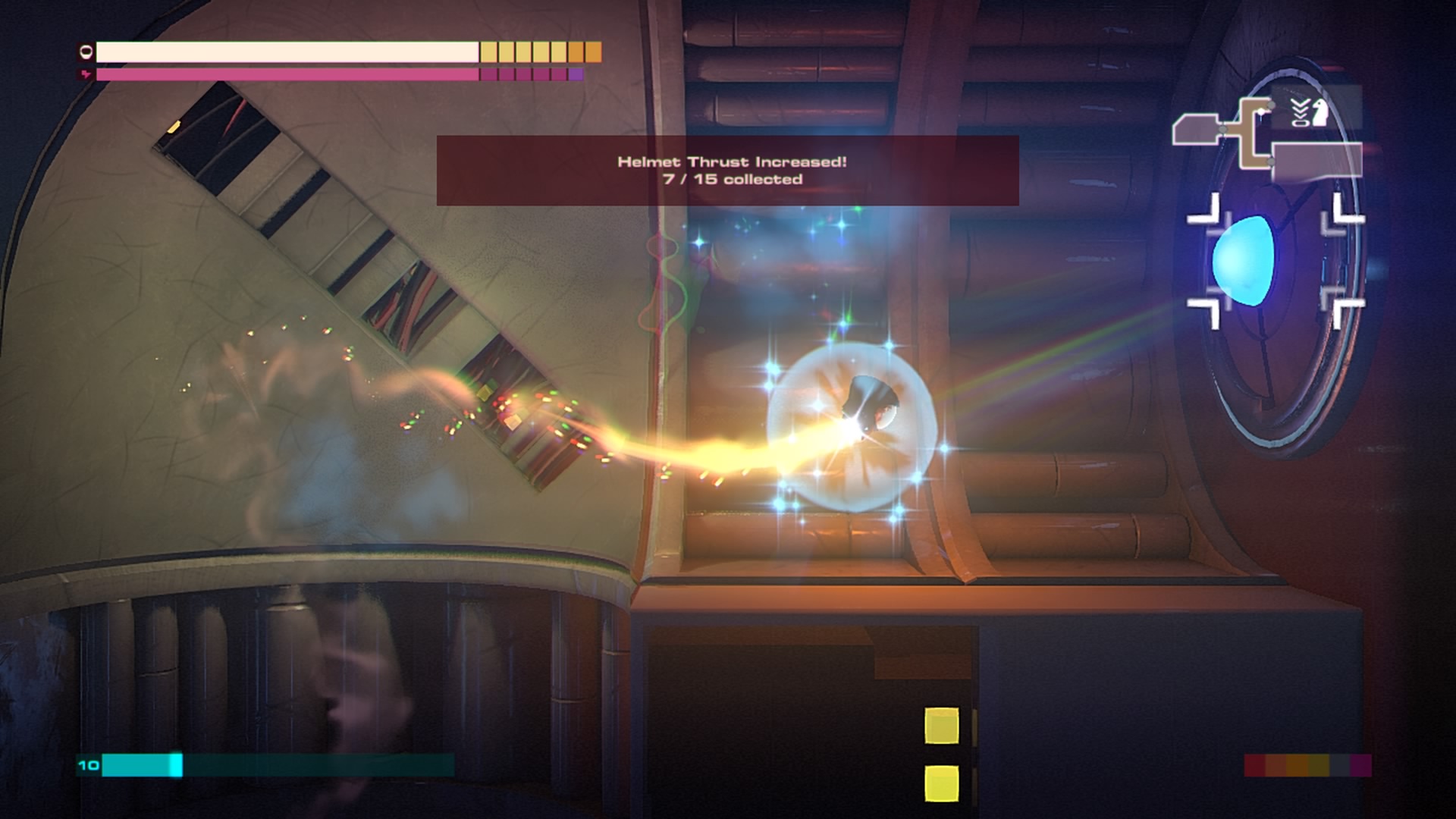
-
Headlander Review

-
Headlander Review
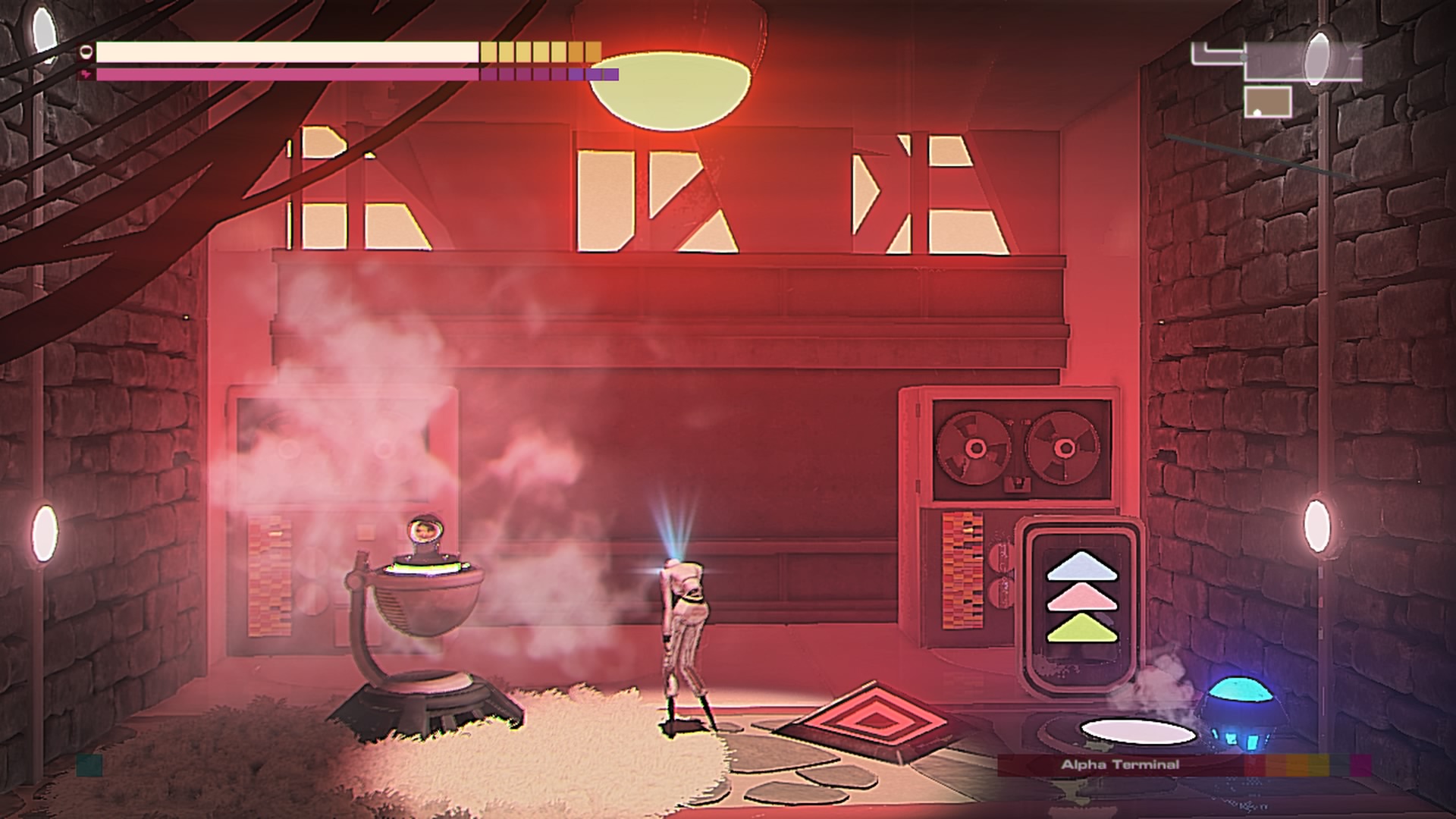
-
Headlander Review
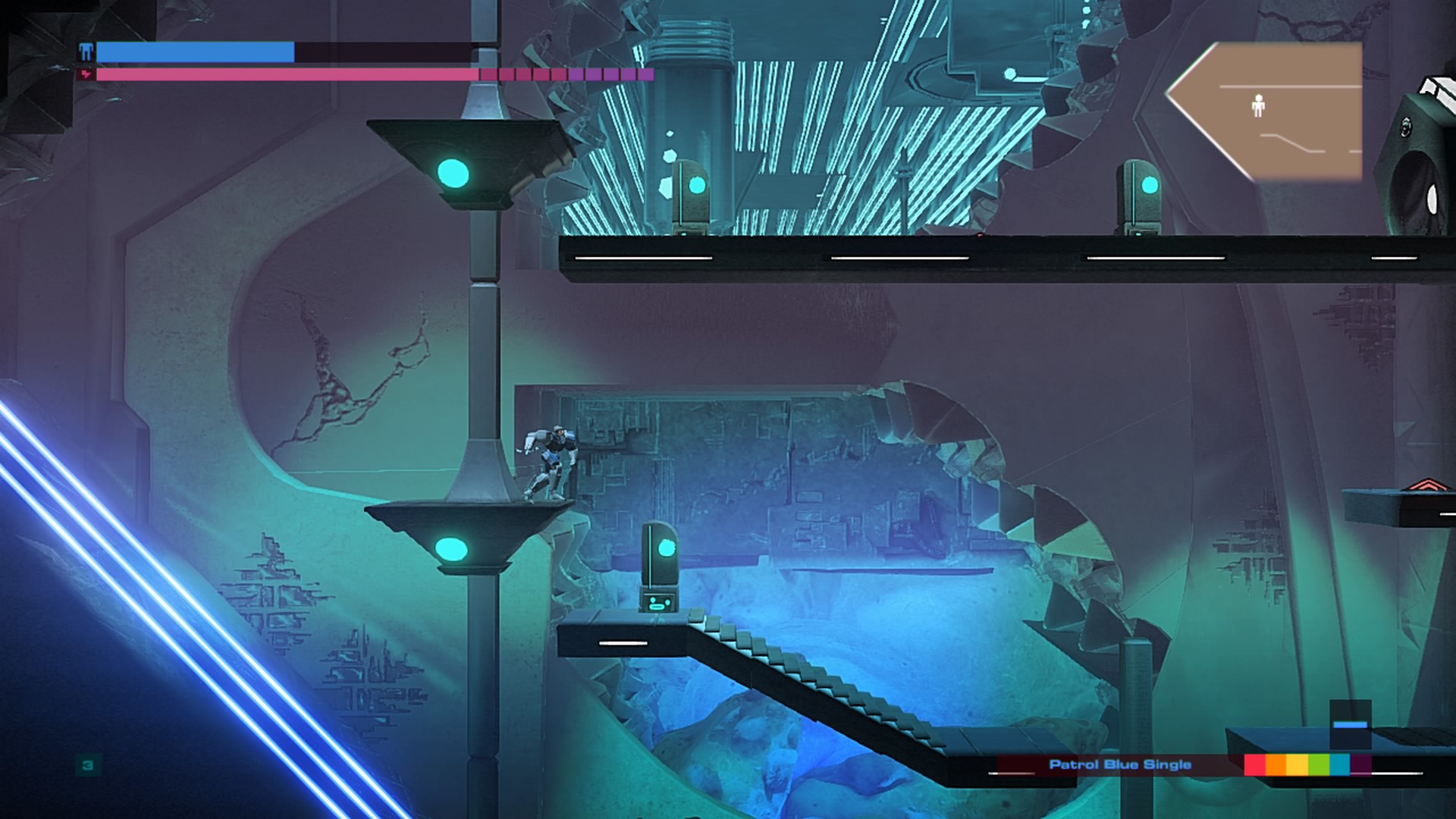
-
Headlander Review
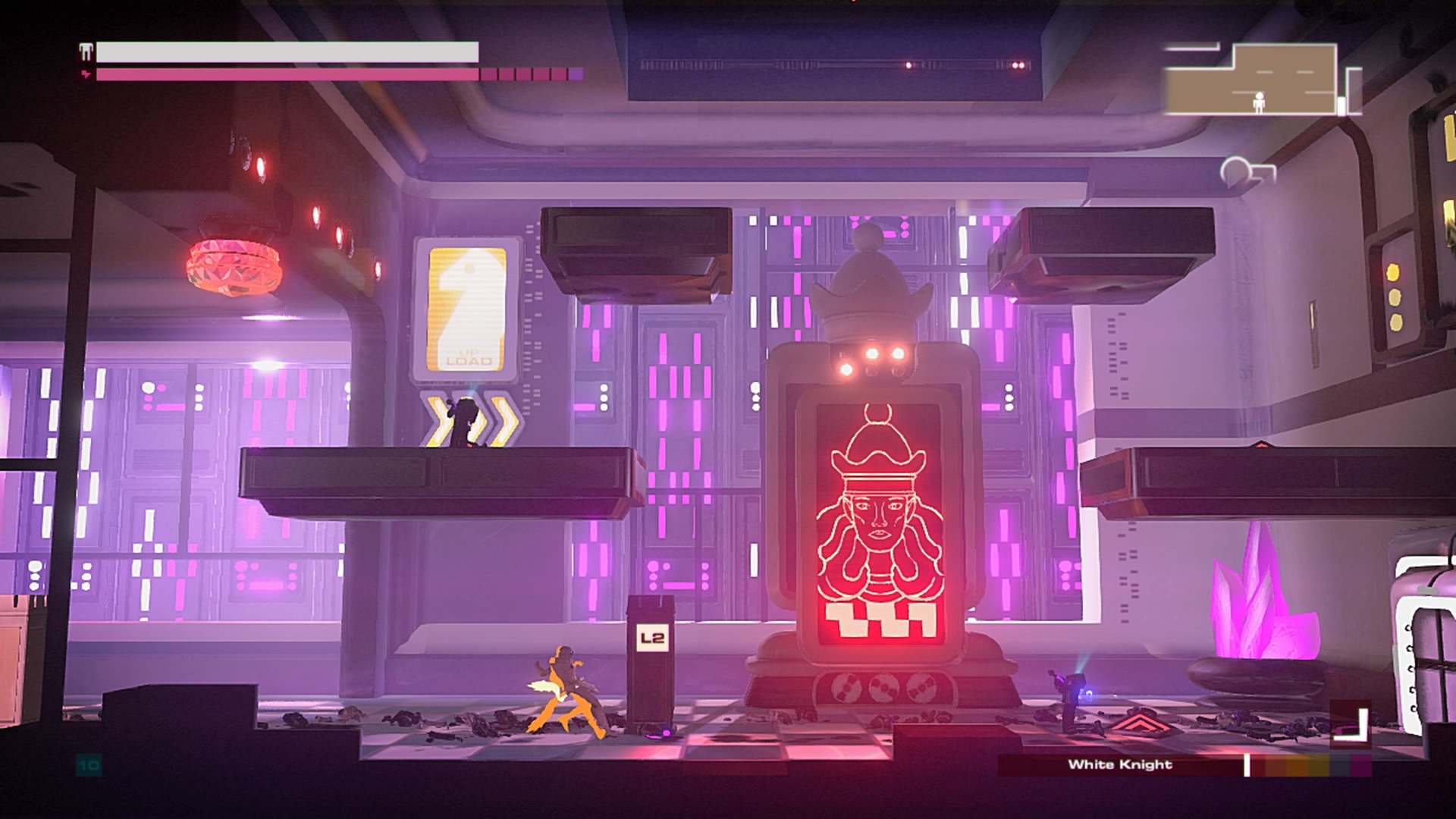
-
Headlander Review
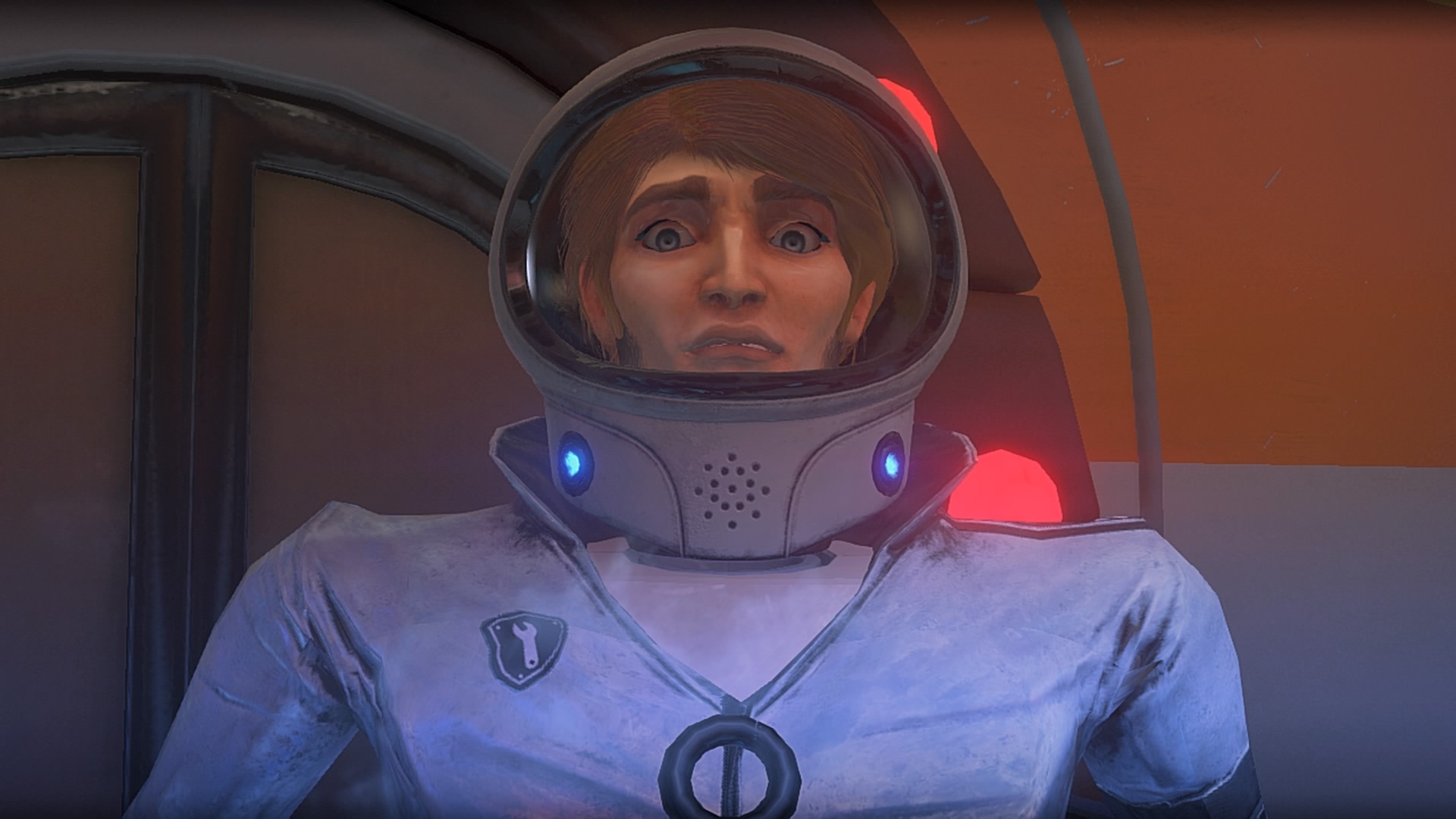
-
Headlander Review
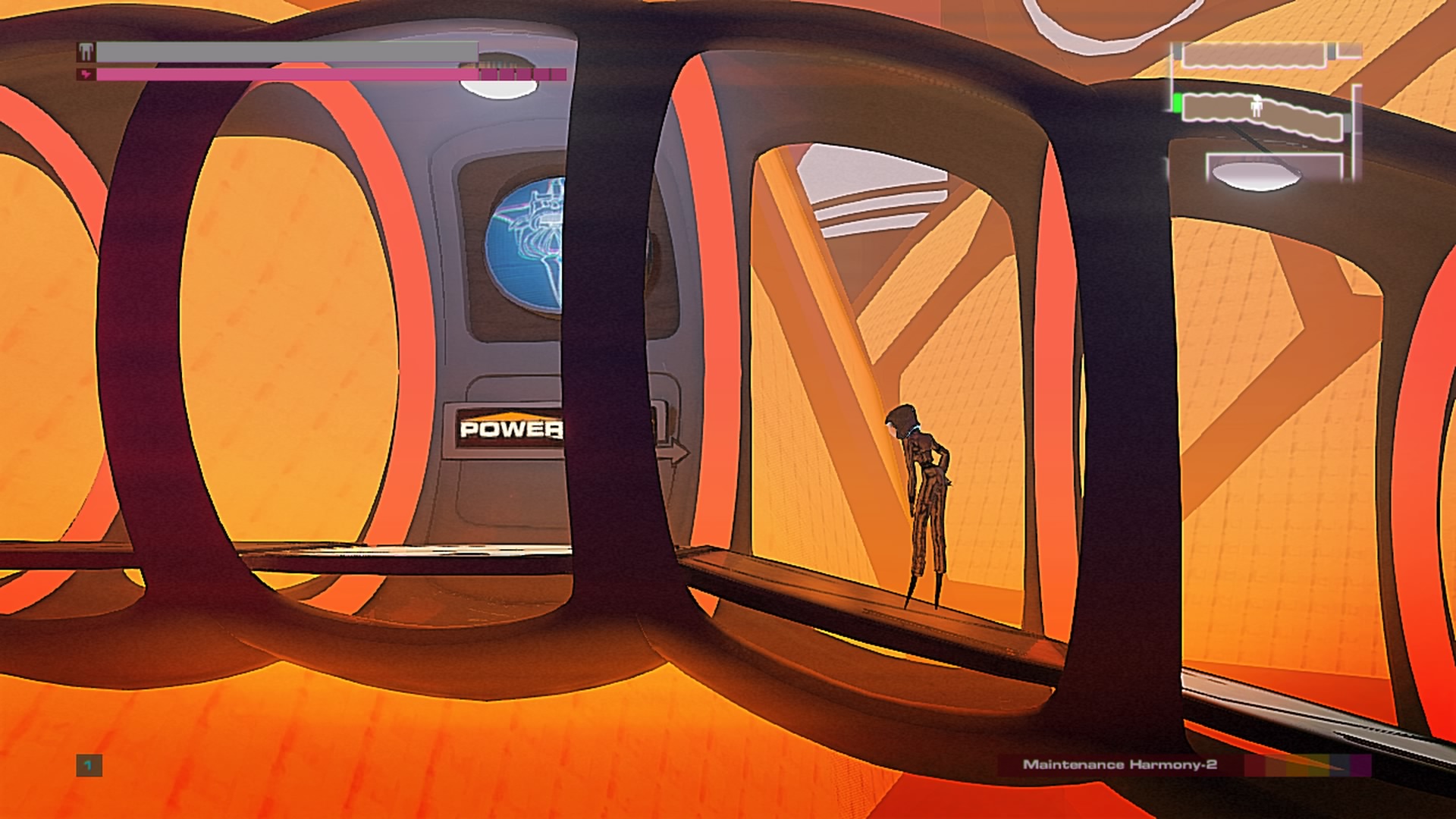
-
Headlander Review
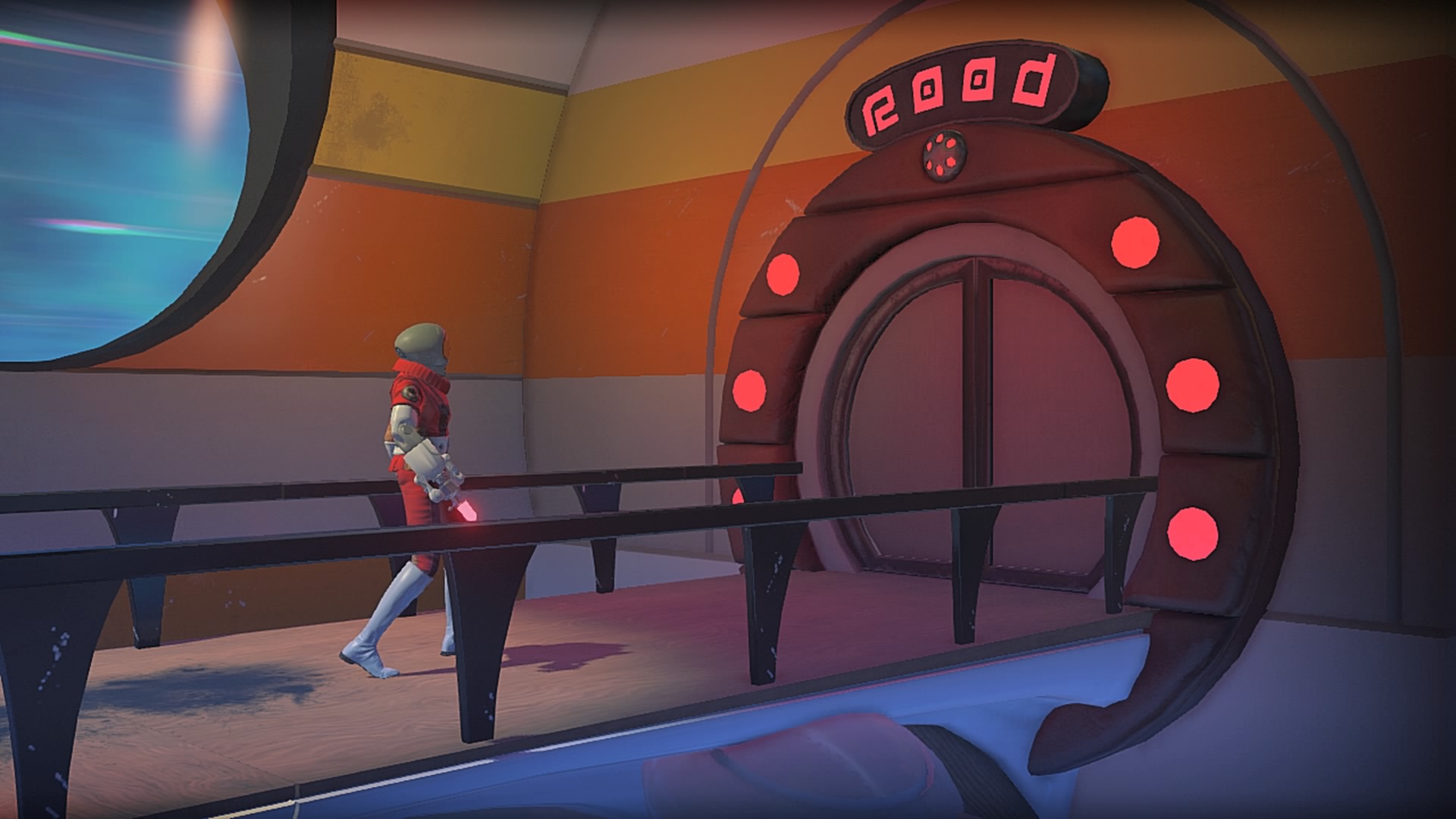
-
Headlander Review
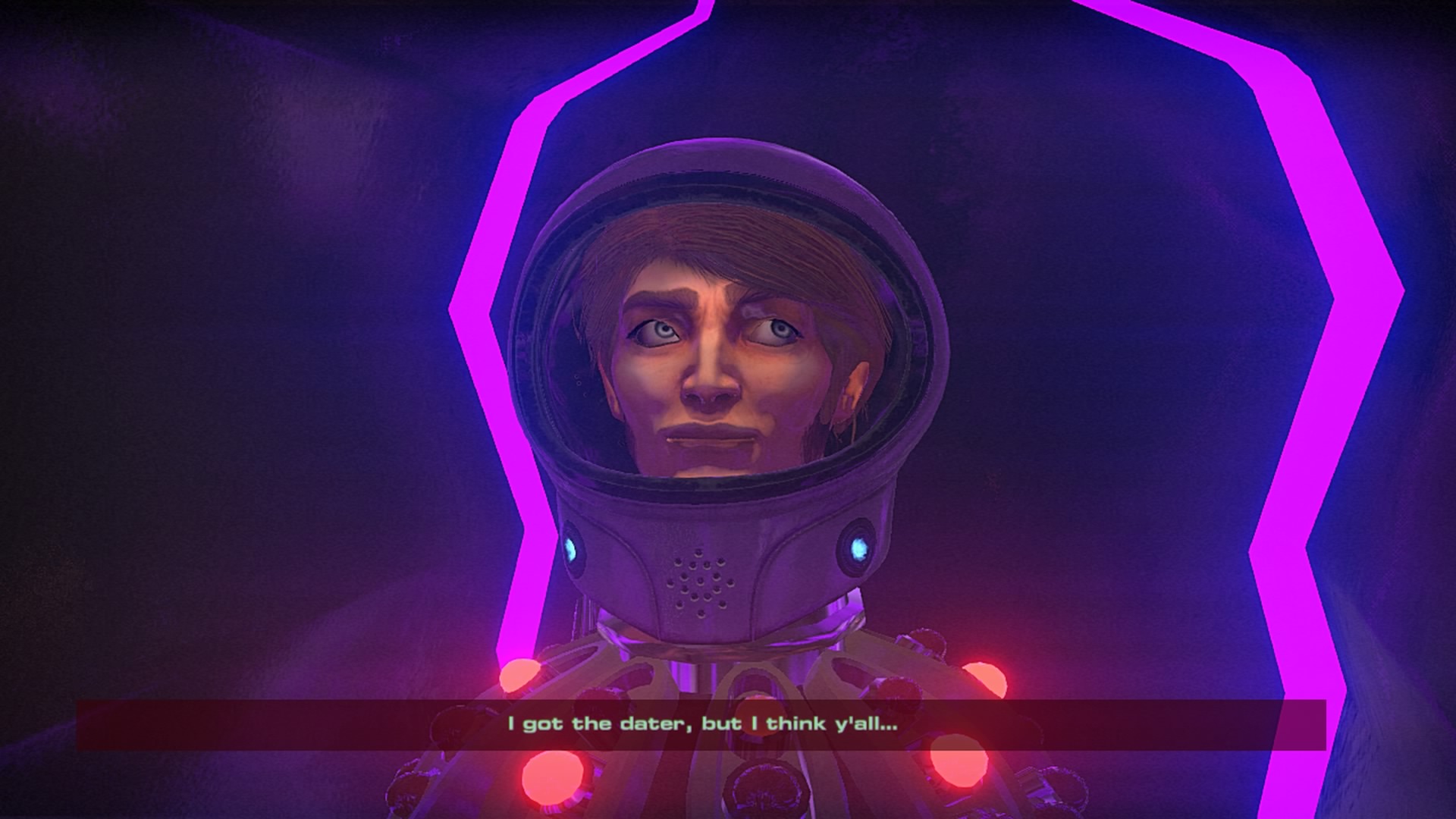
-
Headlander Review
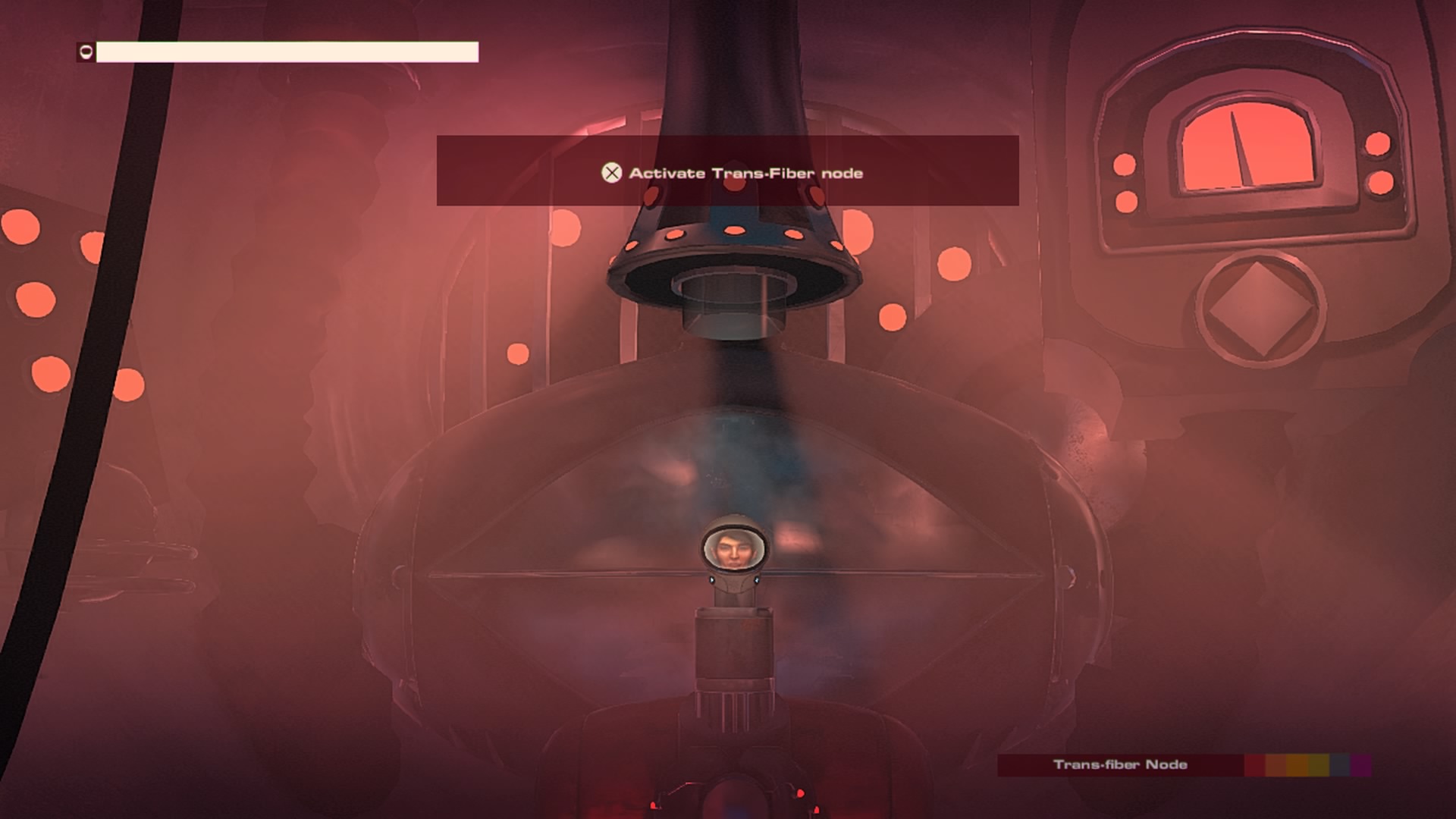
-
Headlander Review
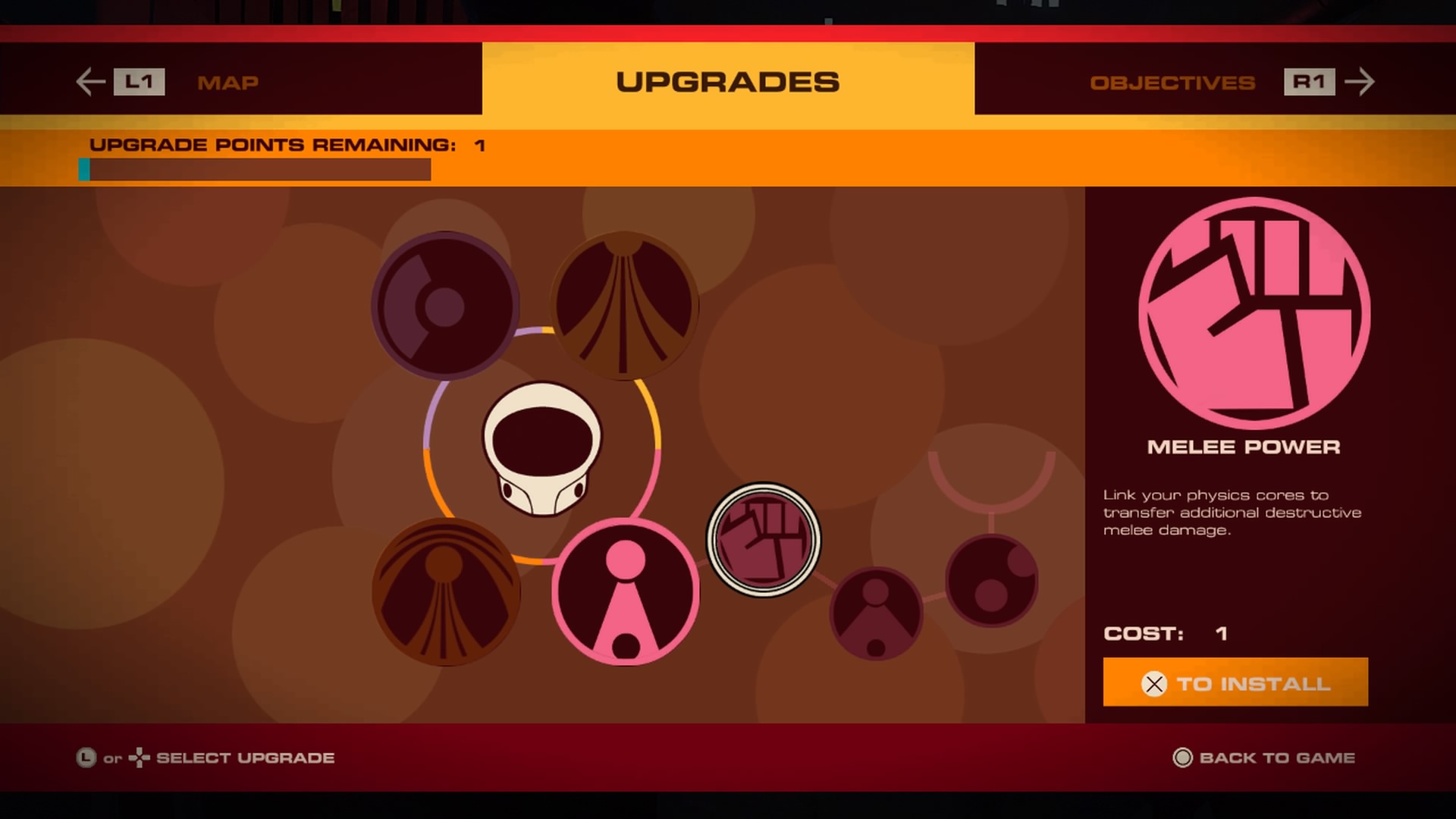
-
Headlander Review
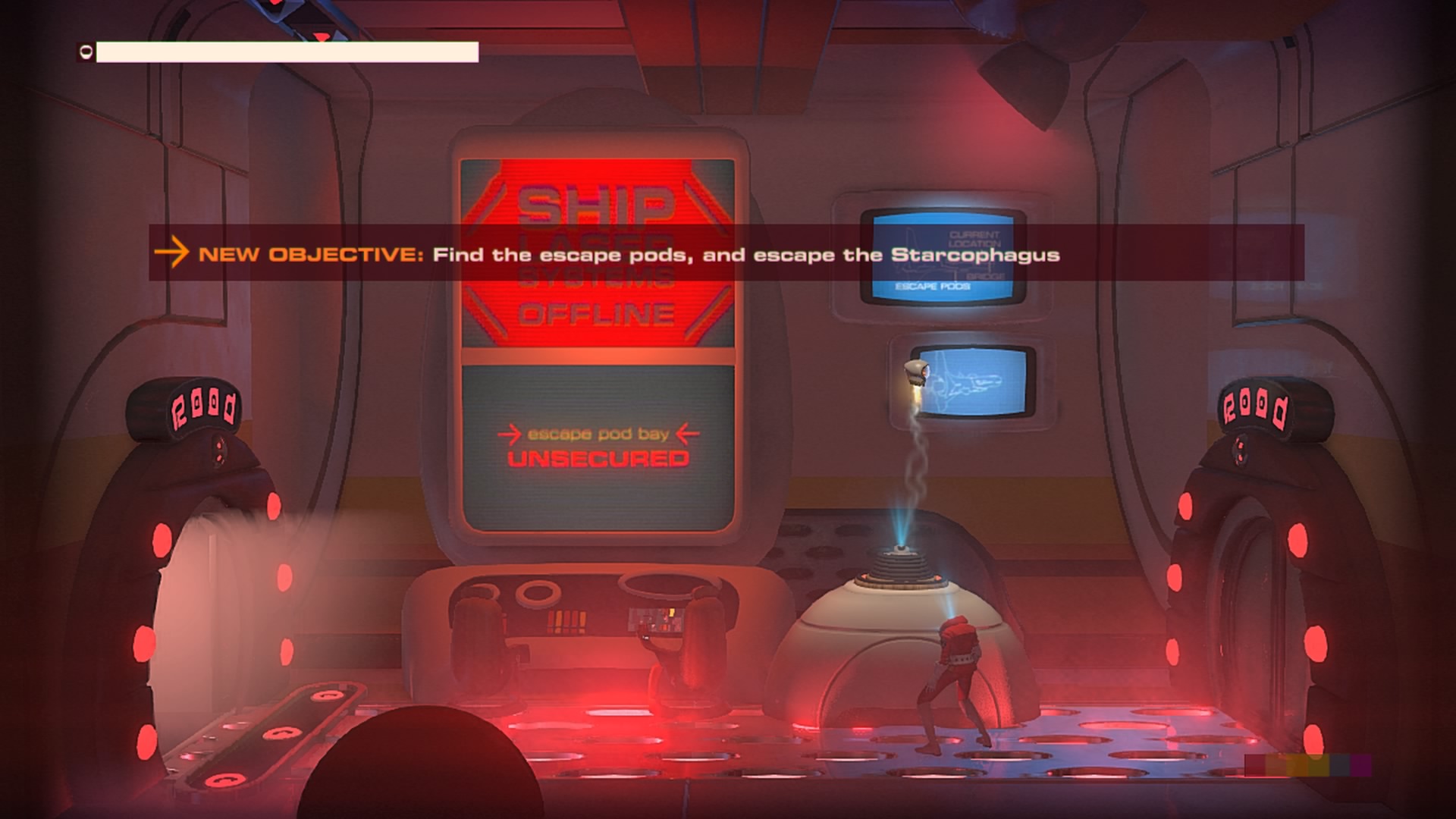
-
Headlander Review
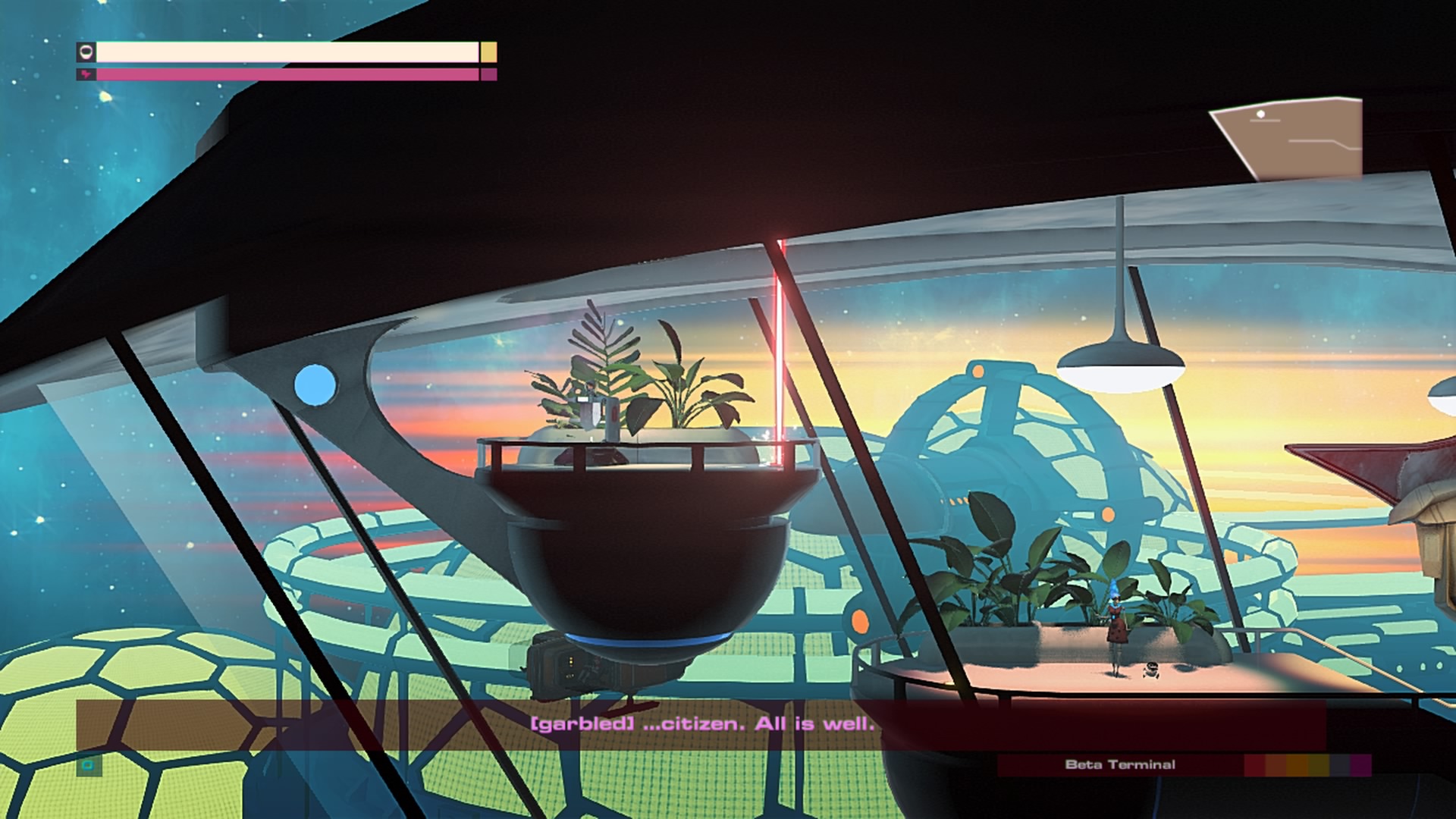
-
Headlander Review
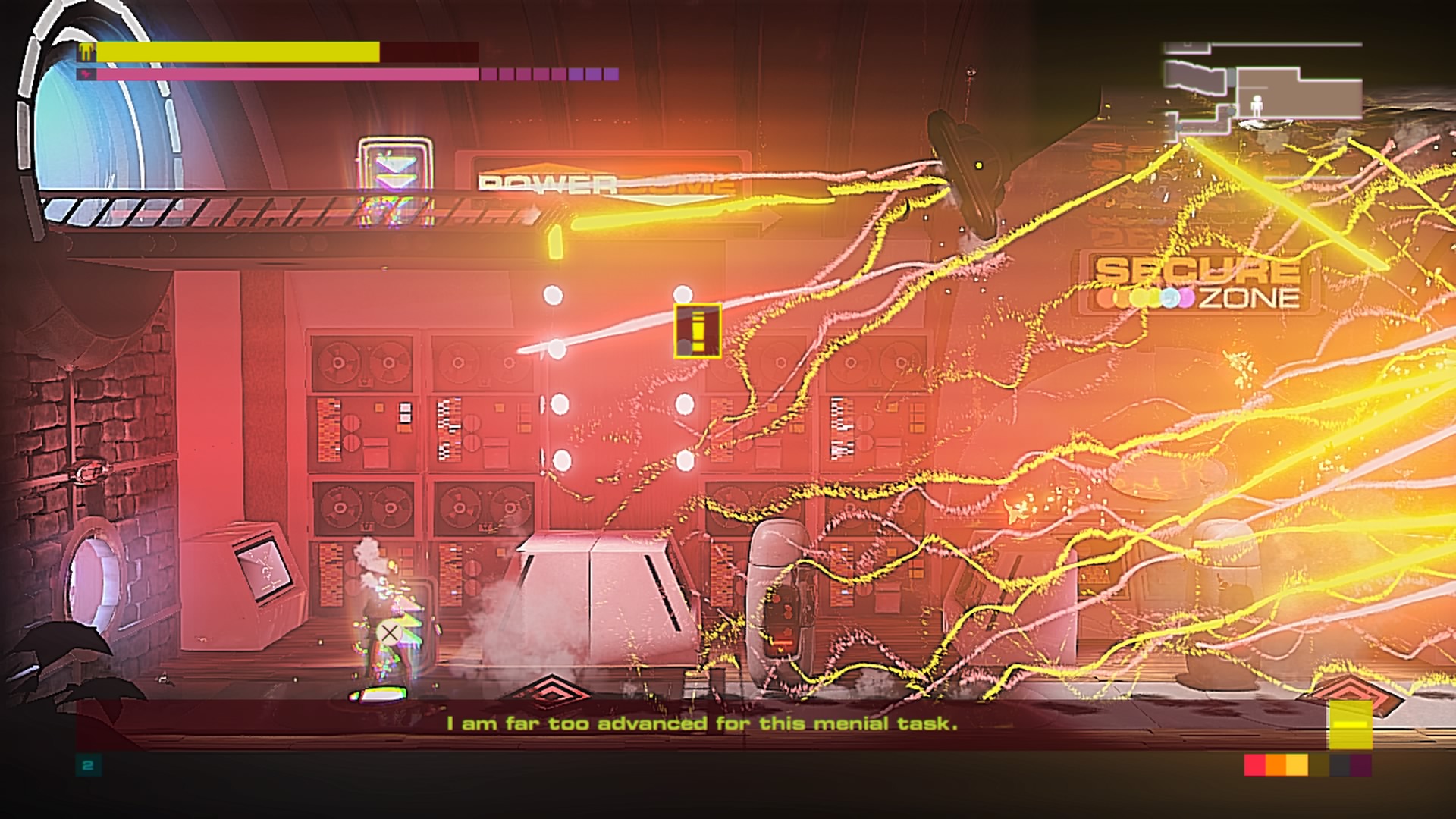
-
Headlander Review
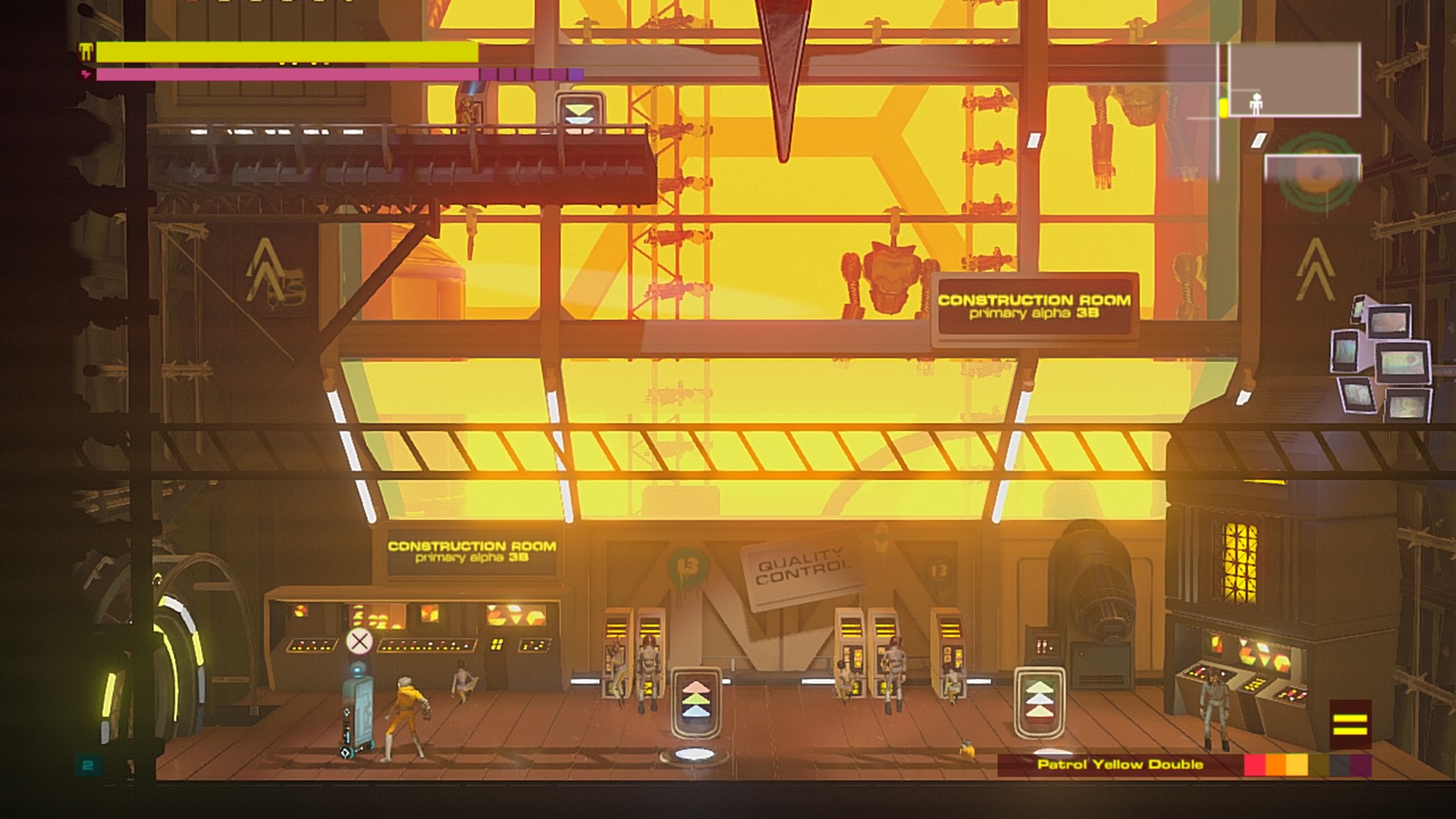
-
Headlander Review
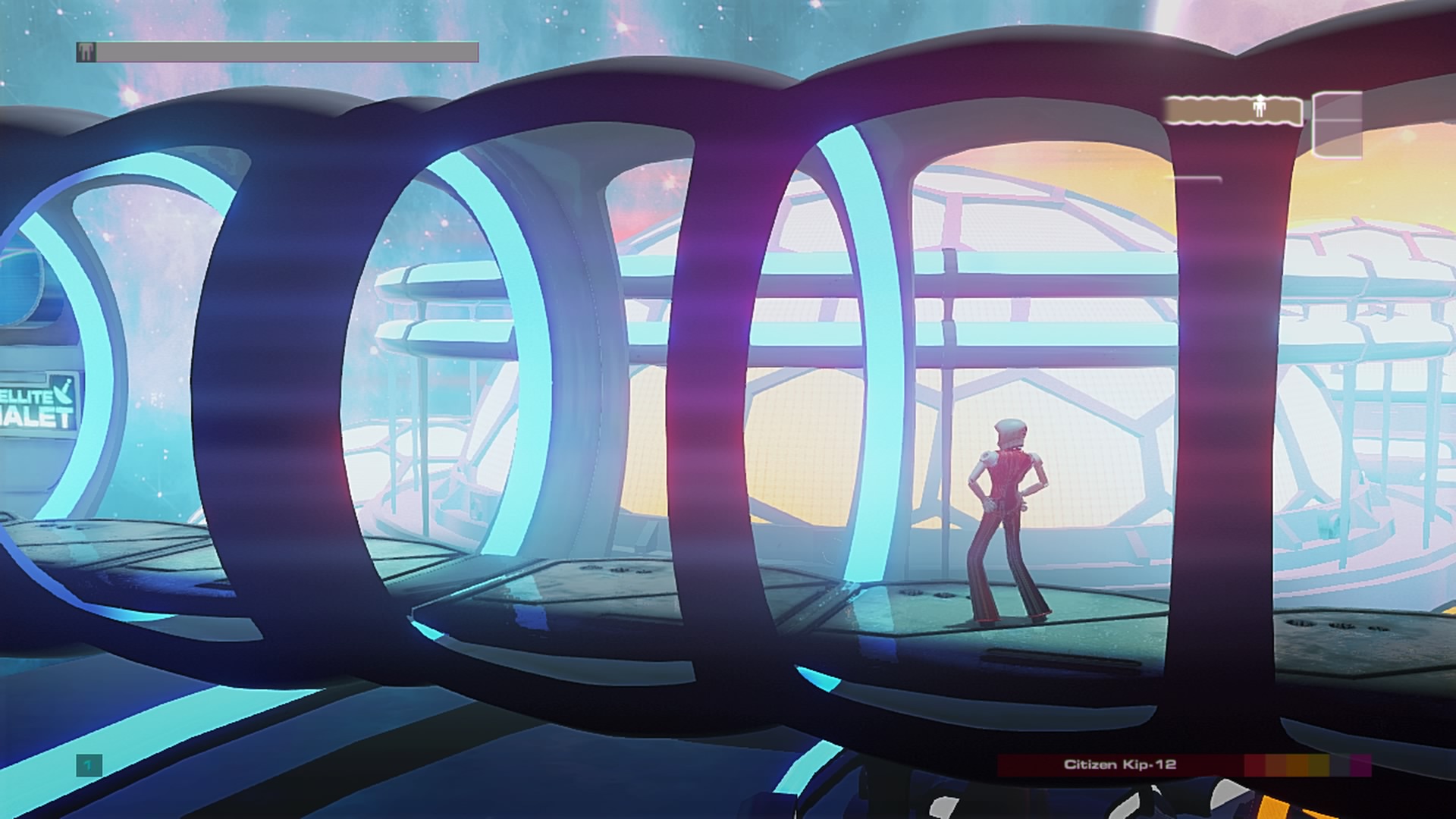
-
Headlander Review
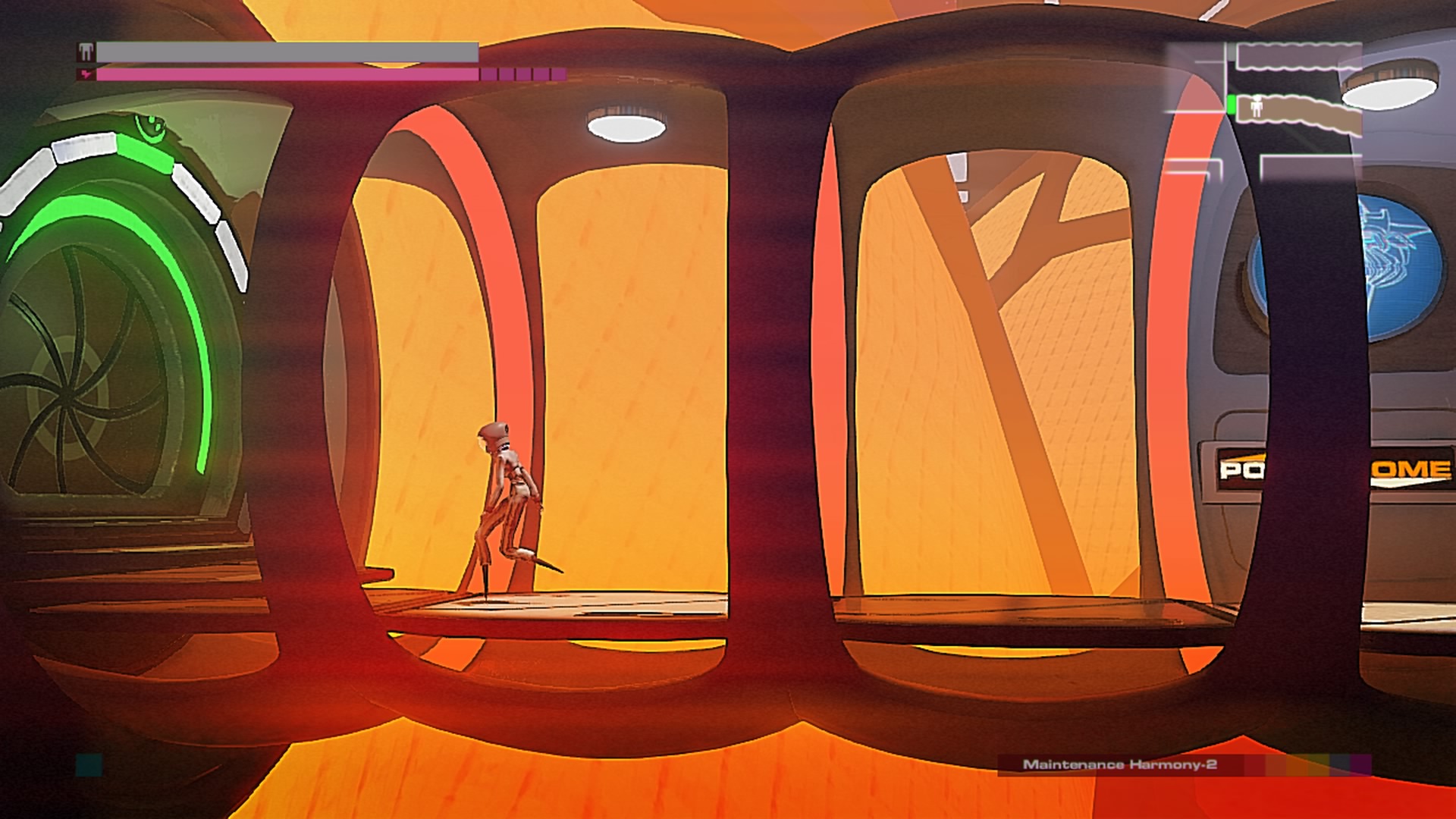
-
Headlander Review
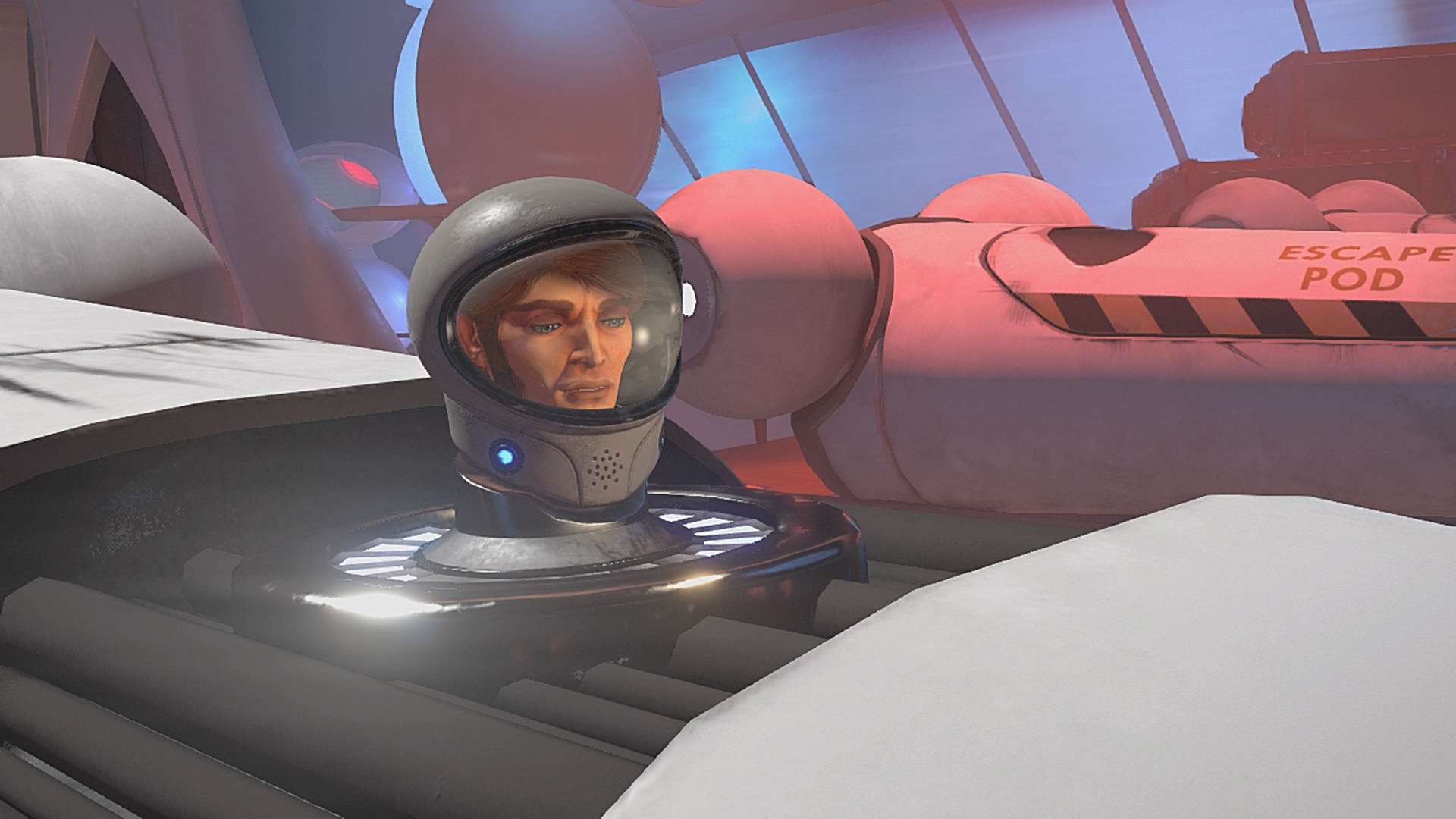
-
Headlander Review
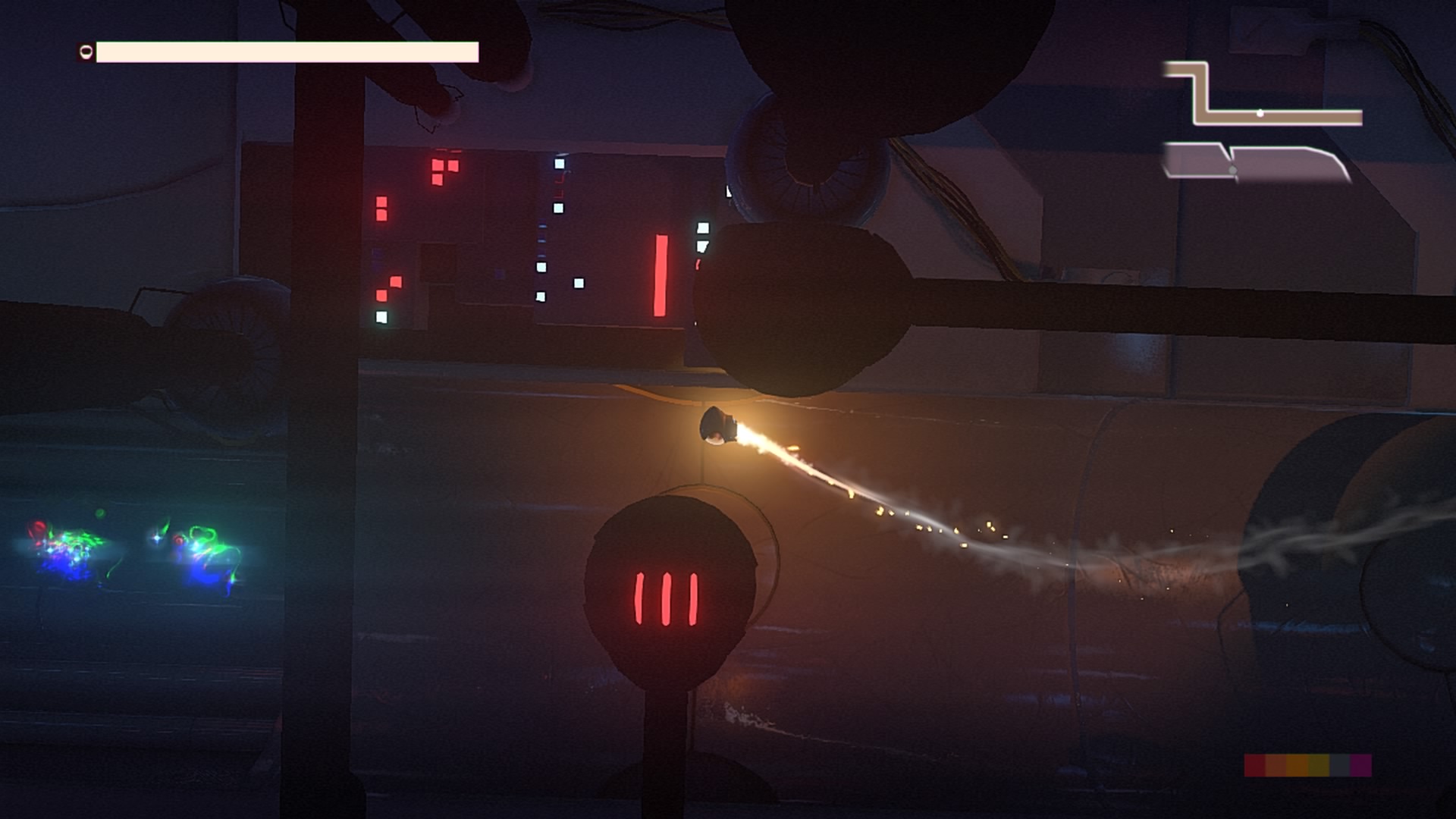
-
Headlander Review
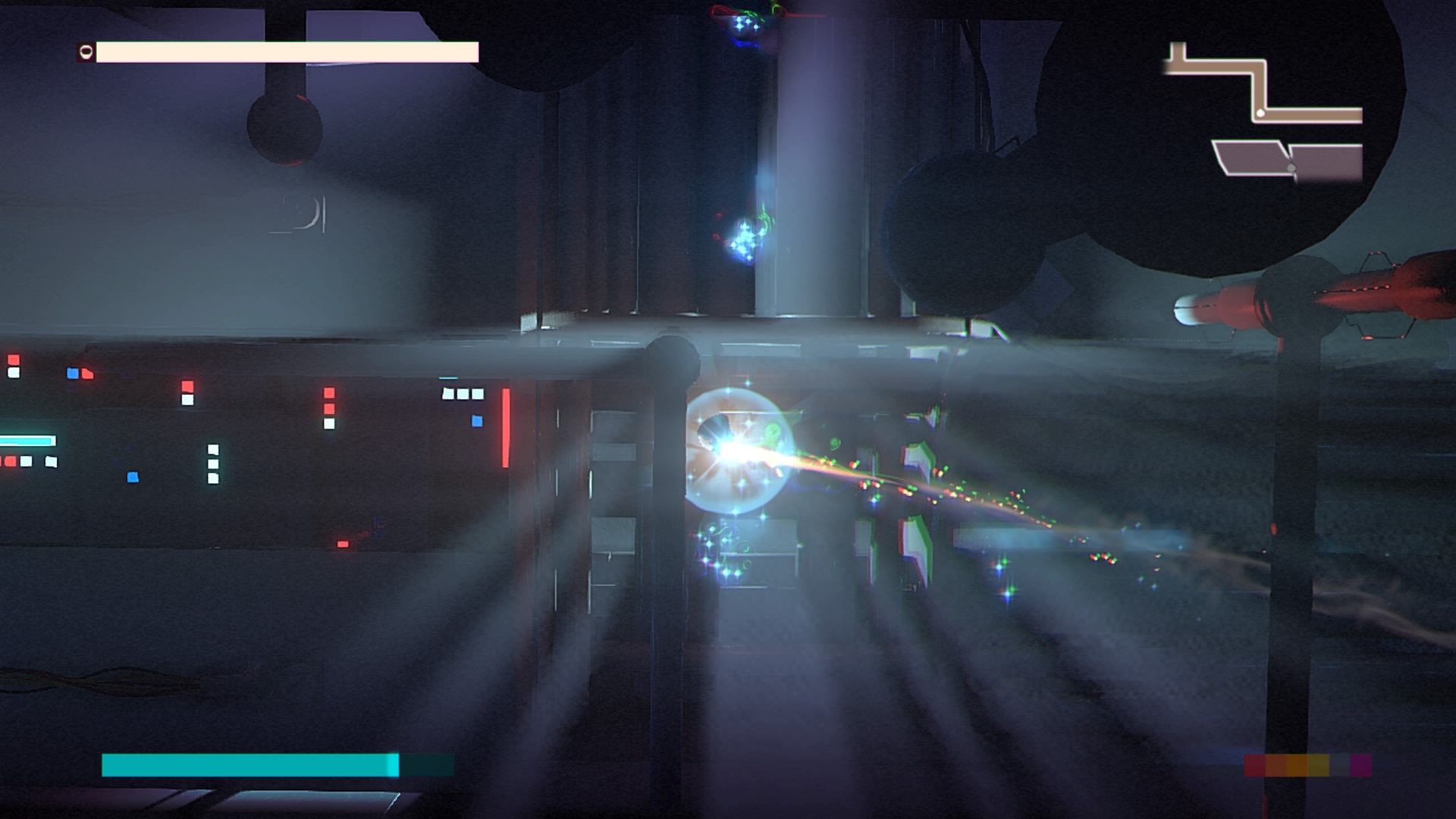
-
Headlander Review
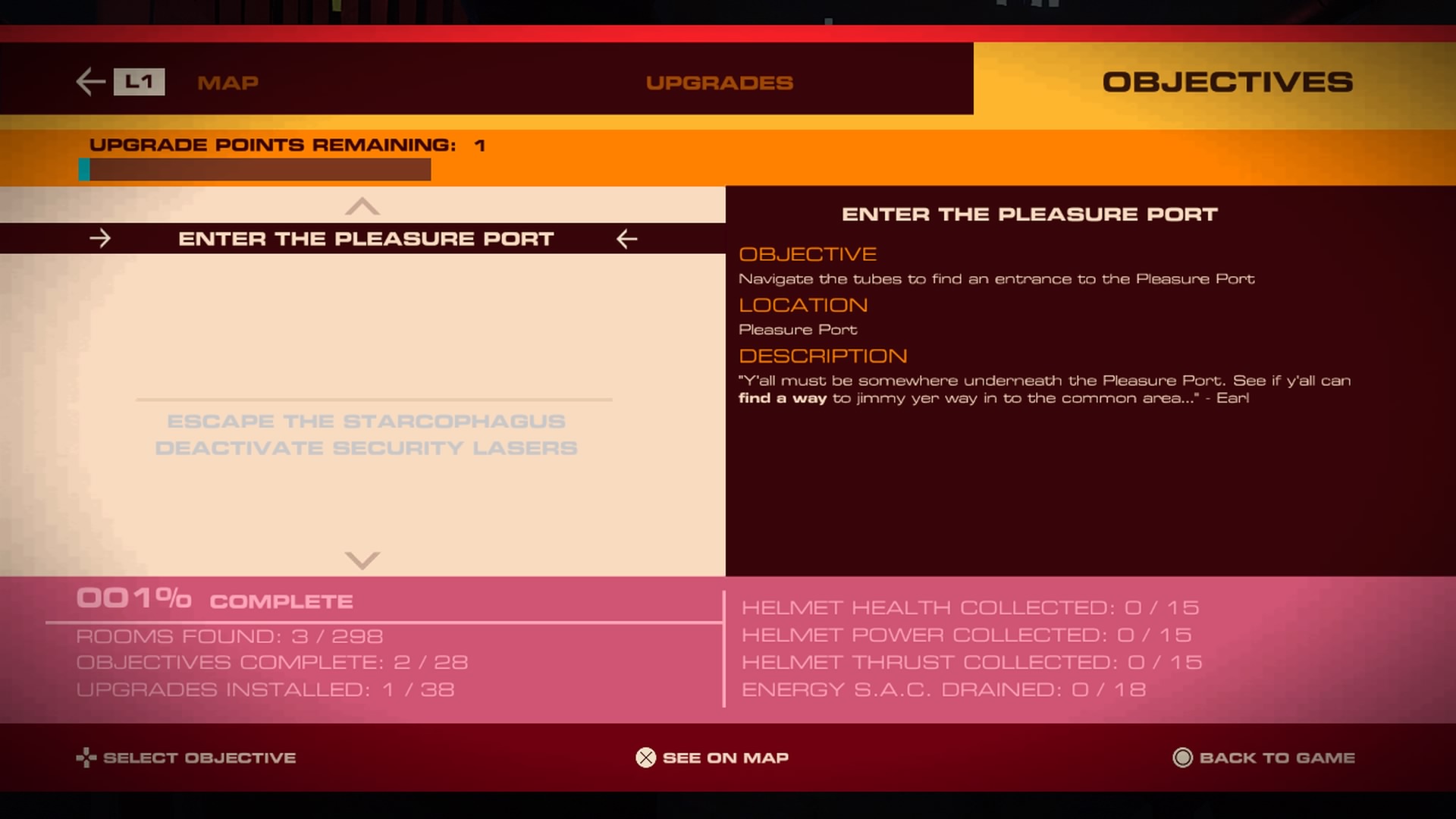
-
Headlander Review
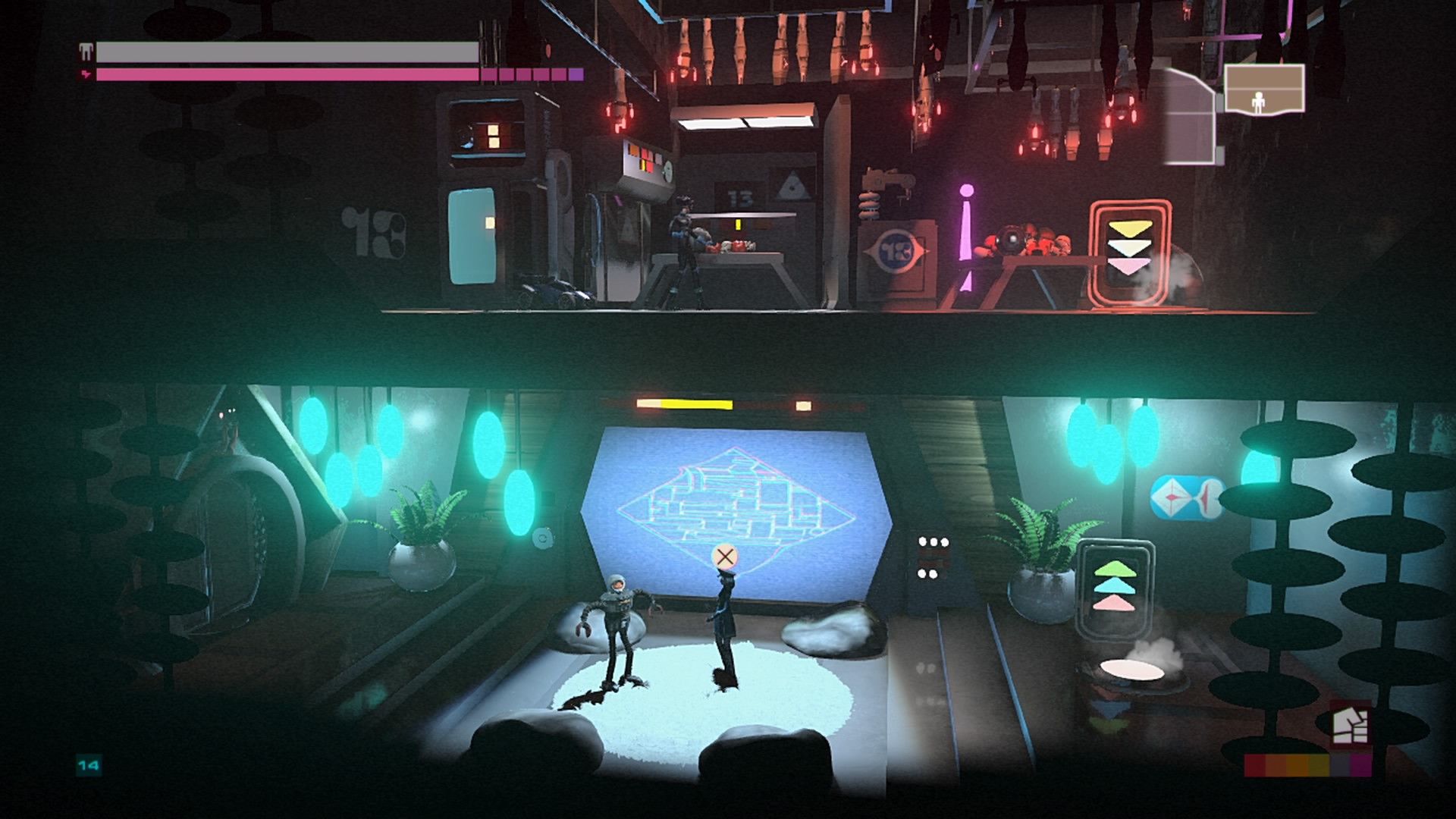
-
Headlander Review
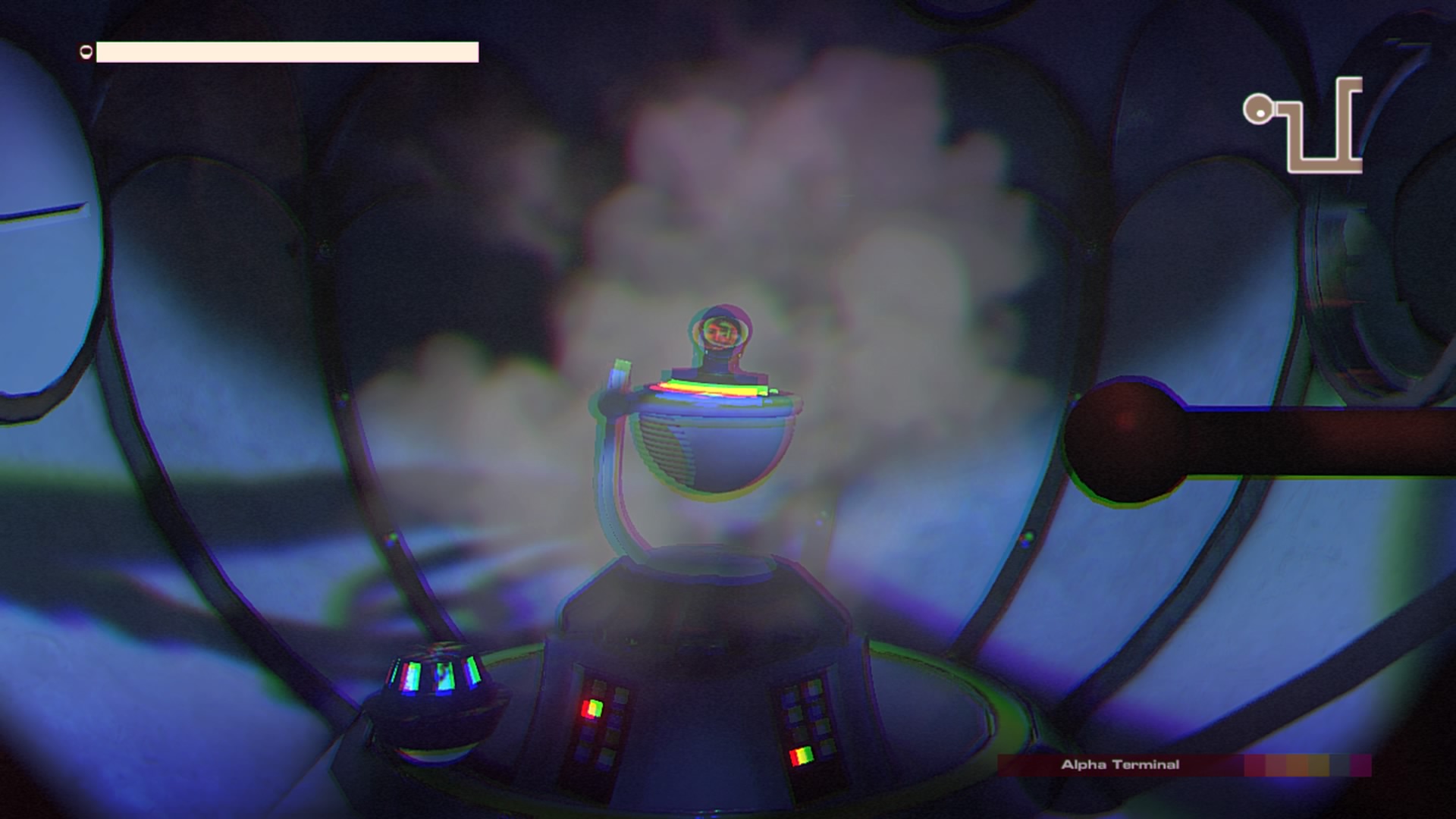
-
Headlander Review
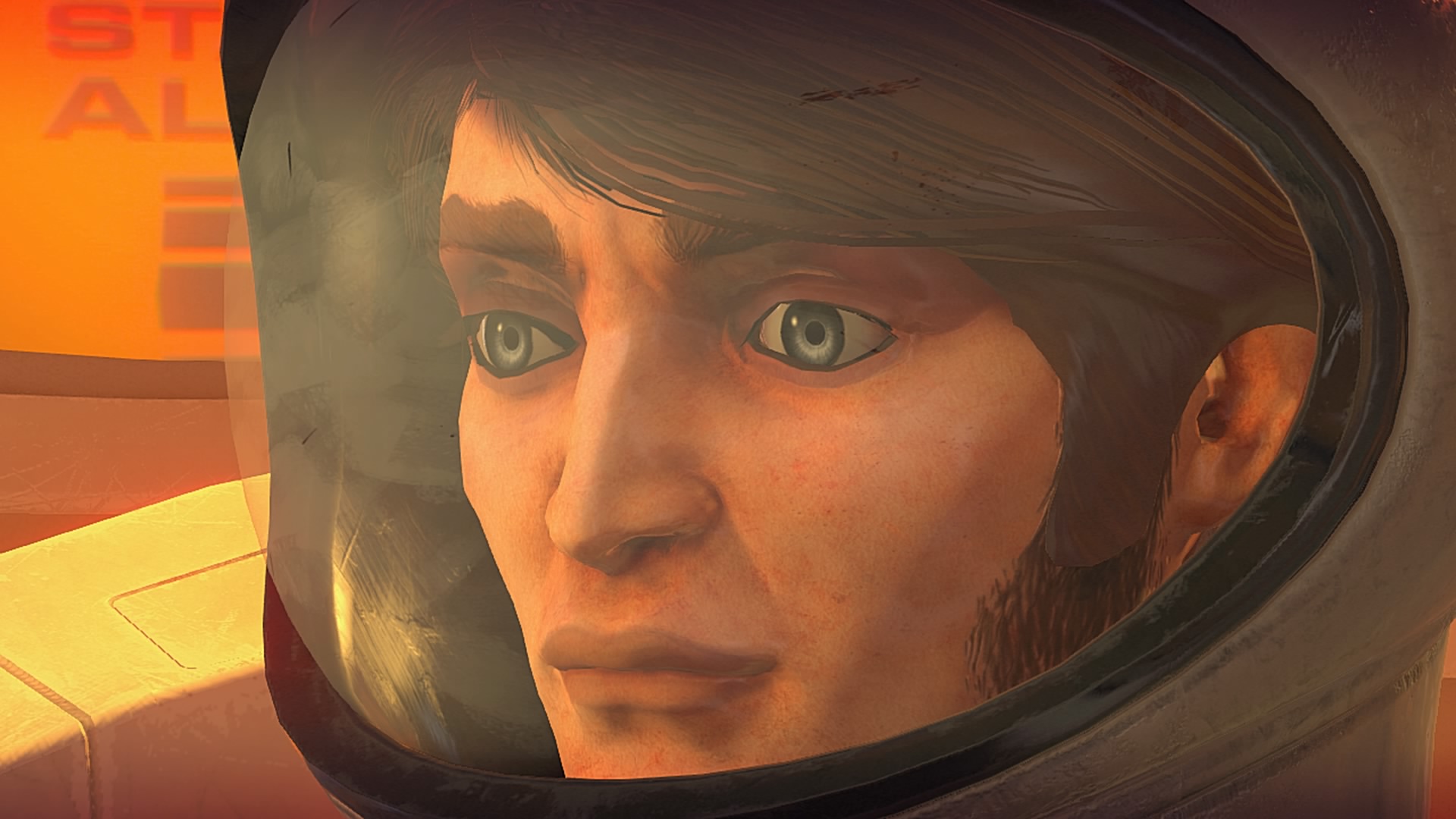
-
Headlander Review
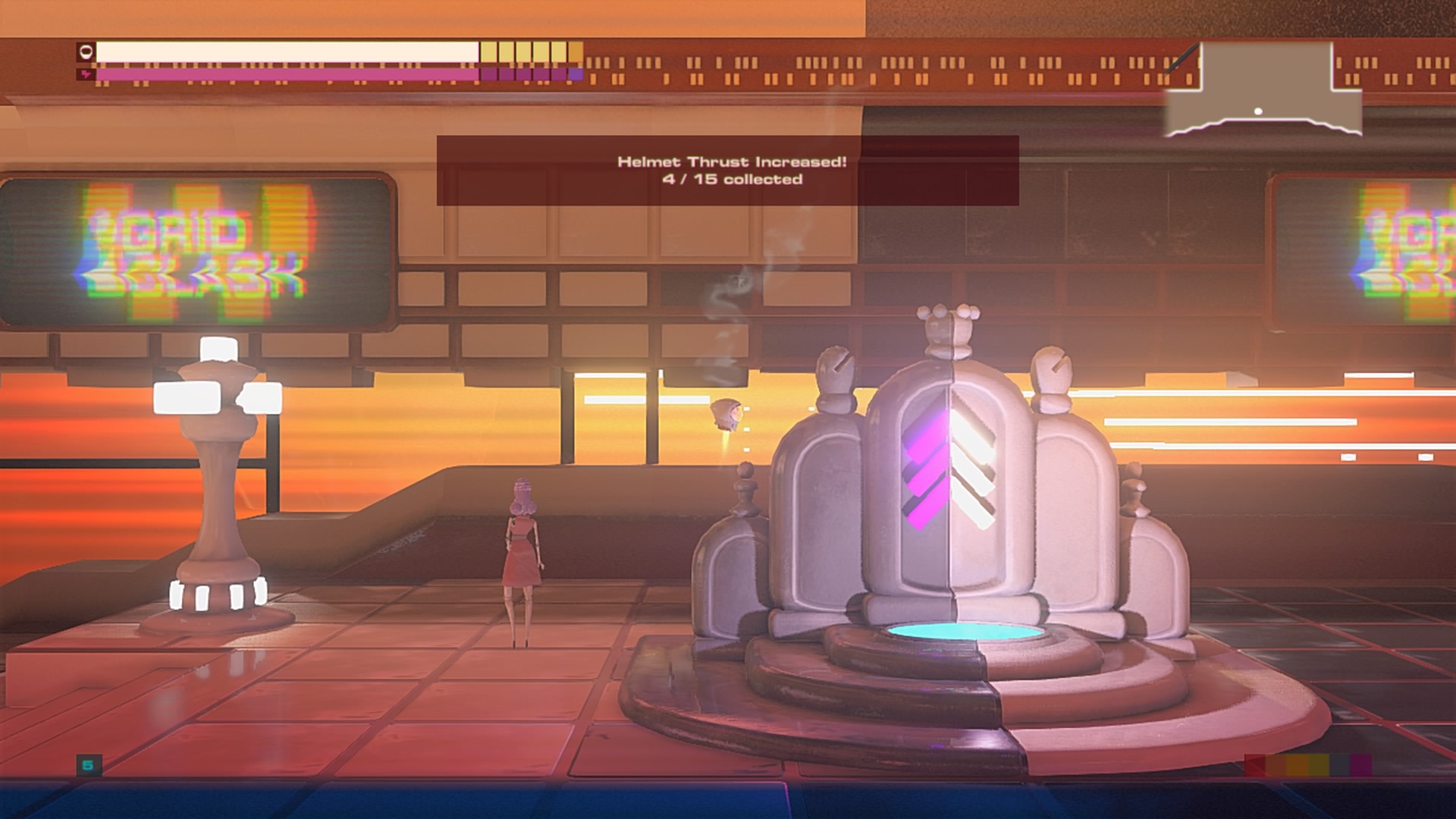
-
Headlander Review
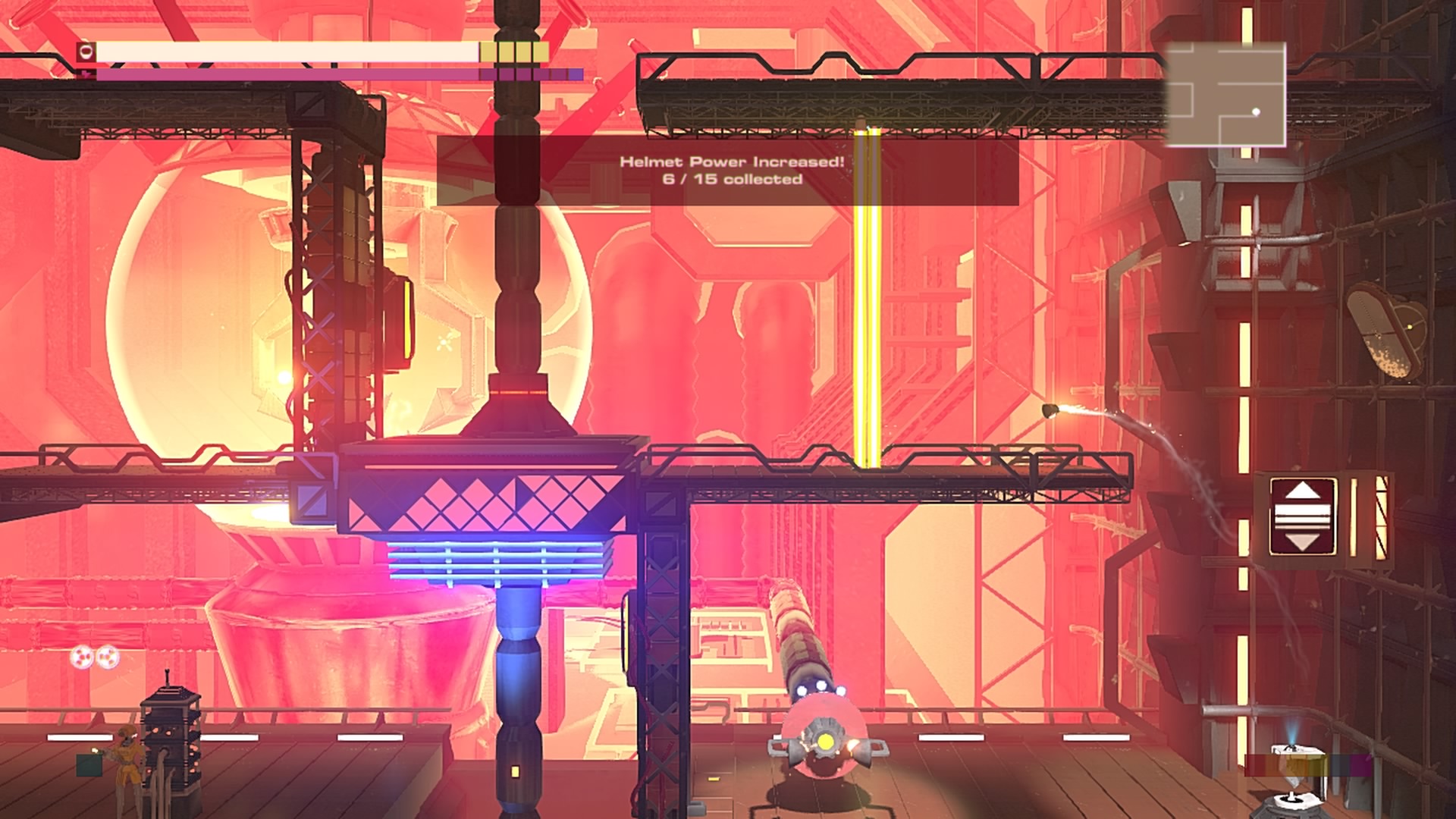
-
Headlander Review
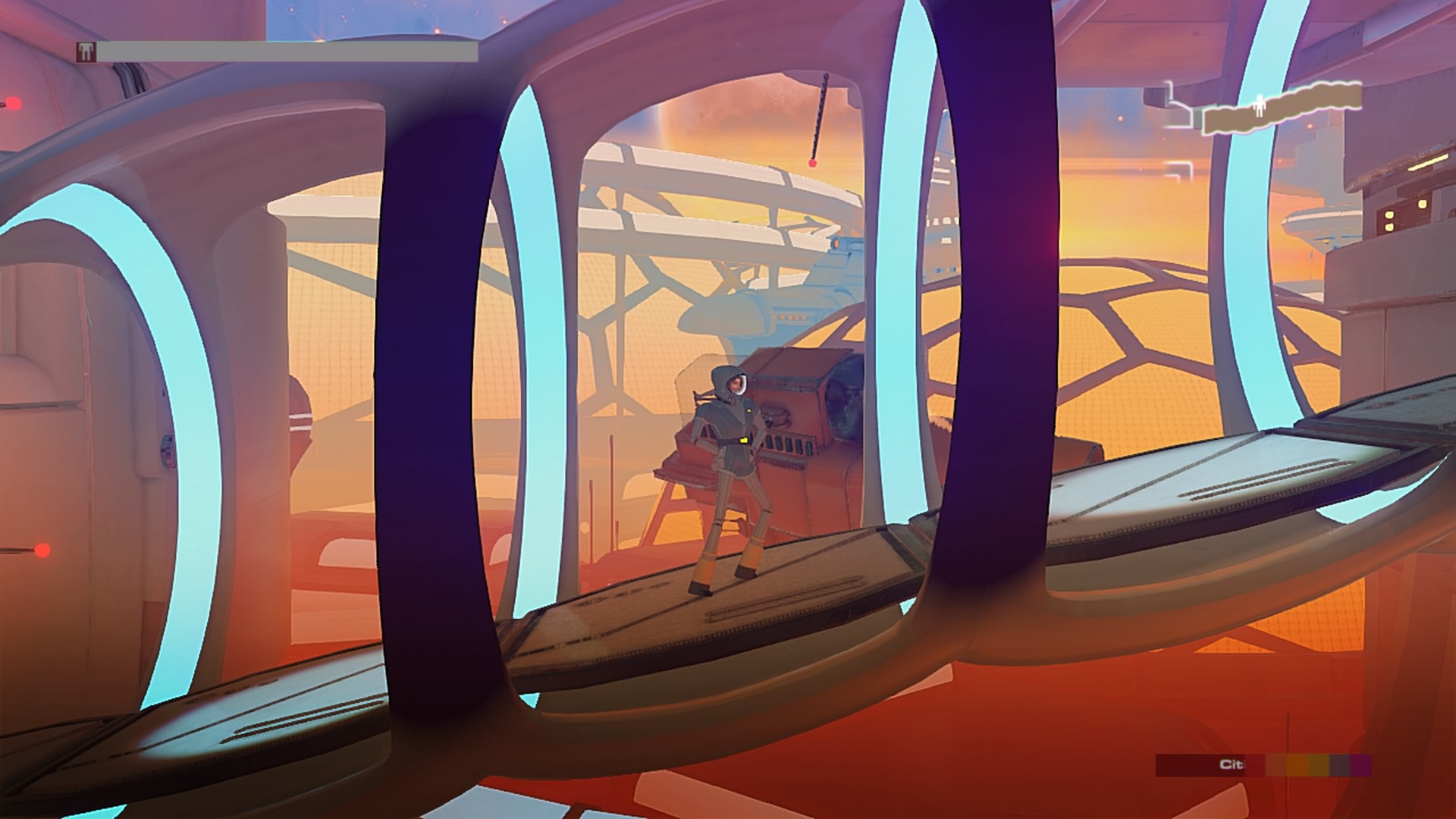
-
Headlander Review
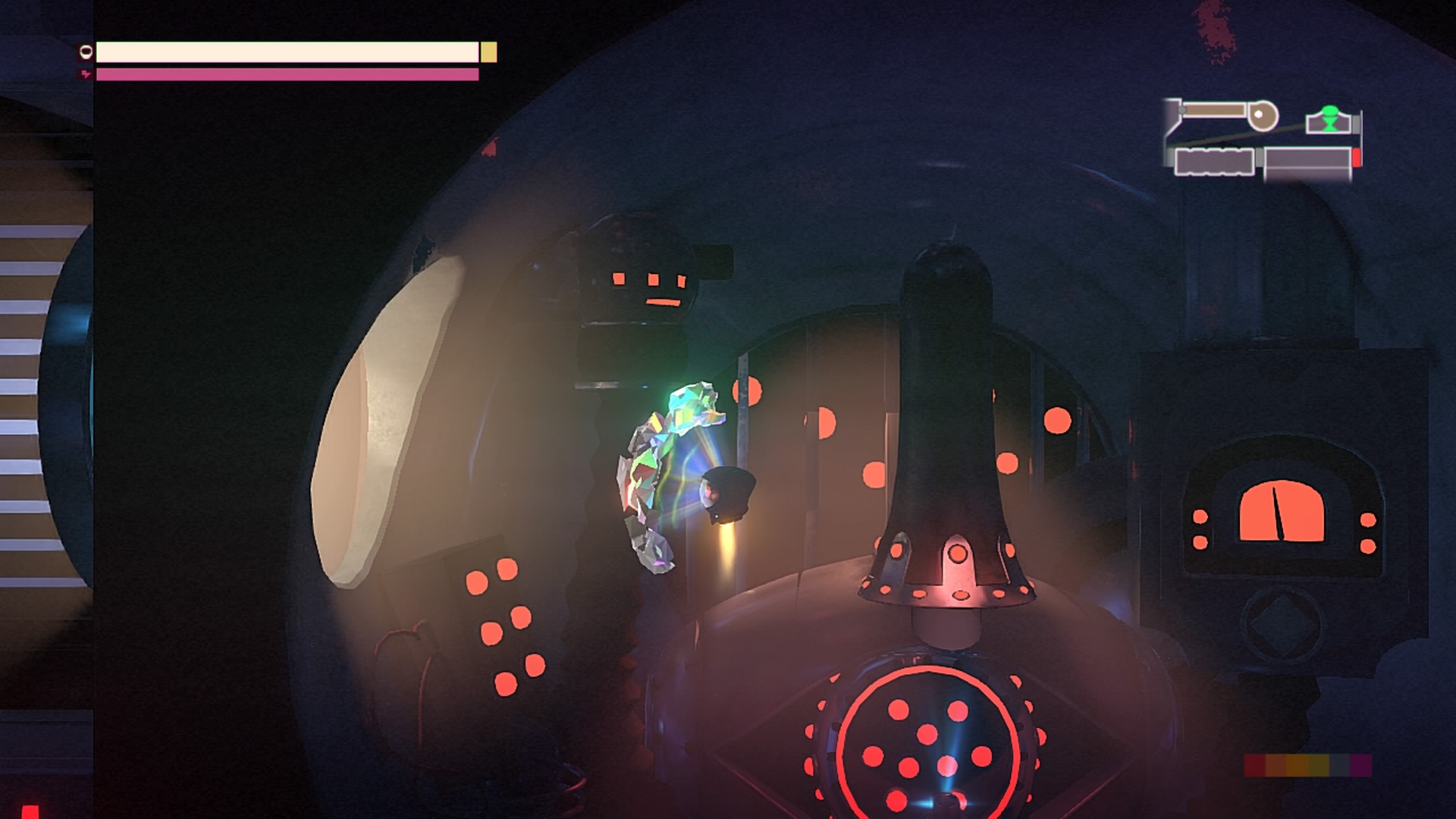
-
Headlander Review
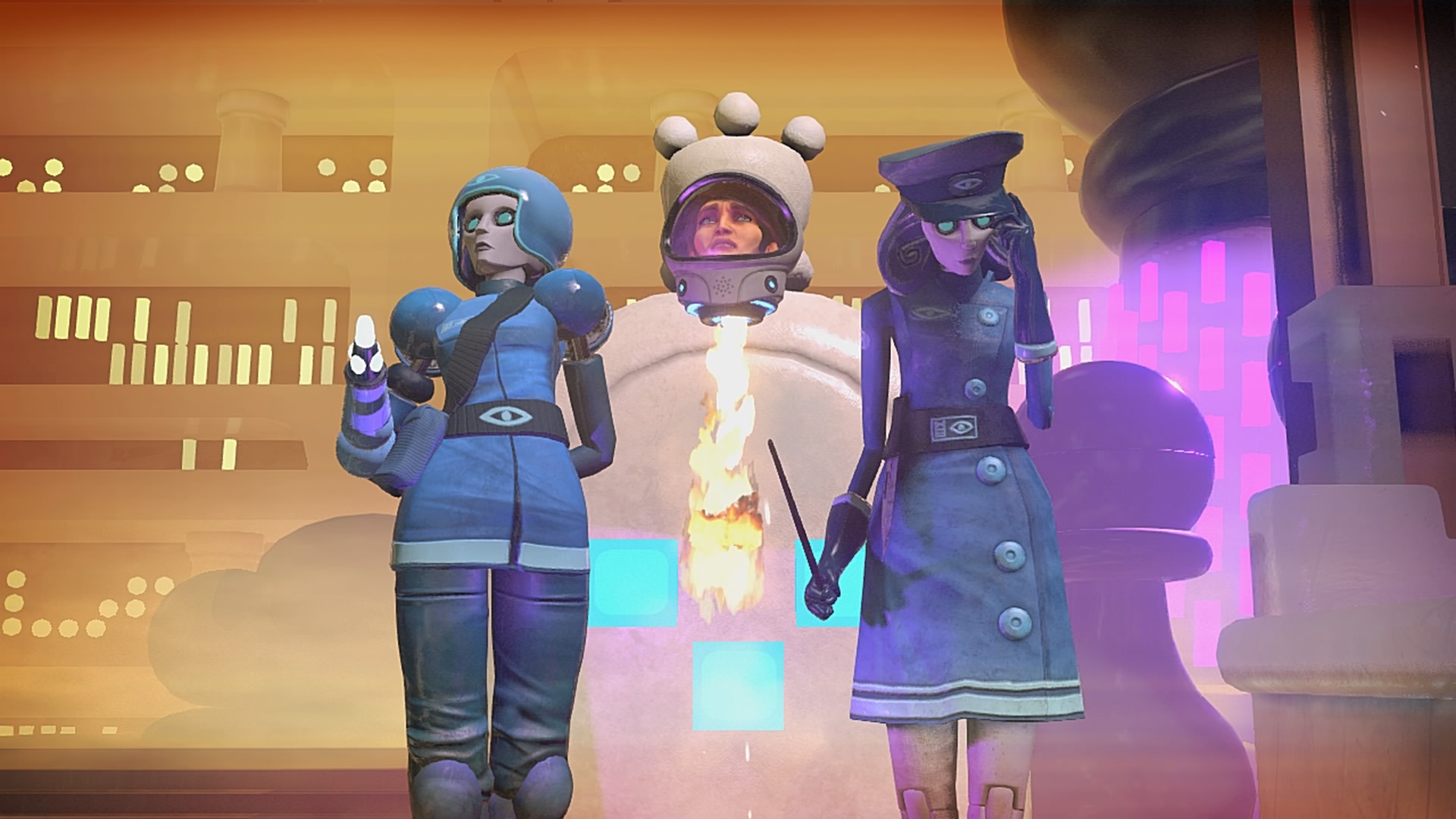
-
Headlander Review
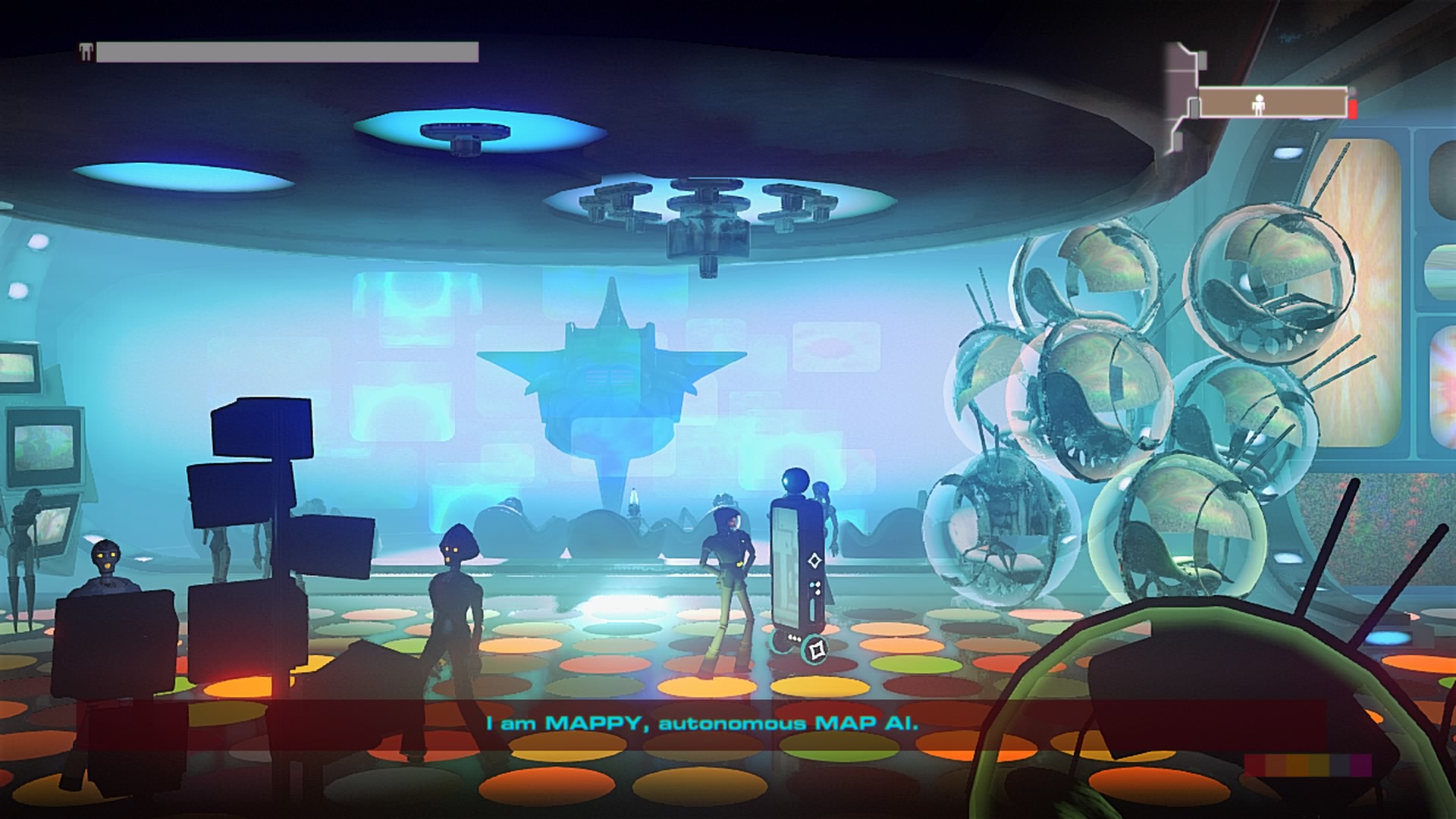
-
Headlander Review
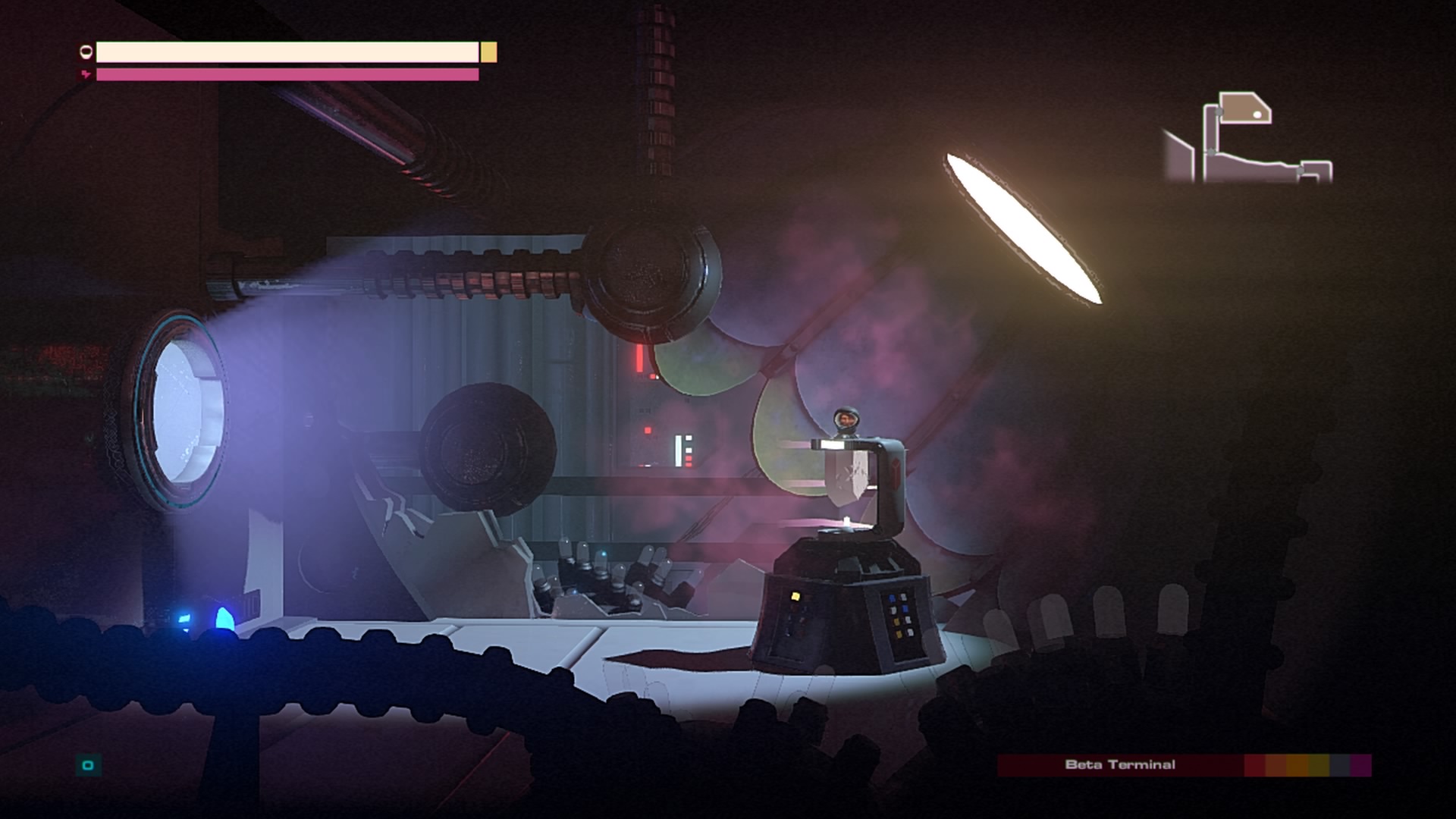
-
Headlander Review
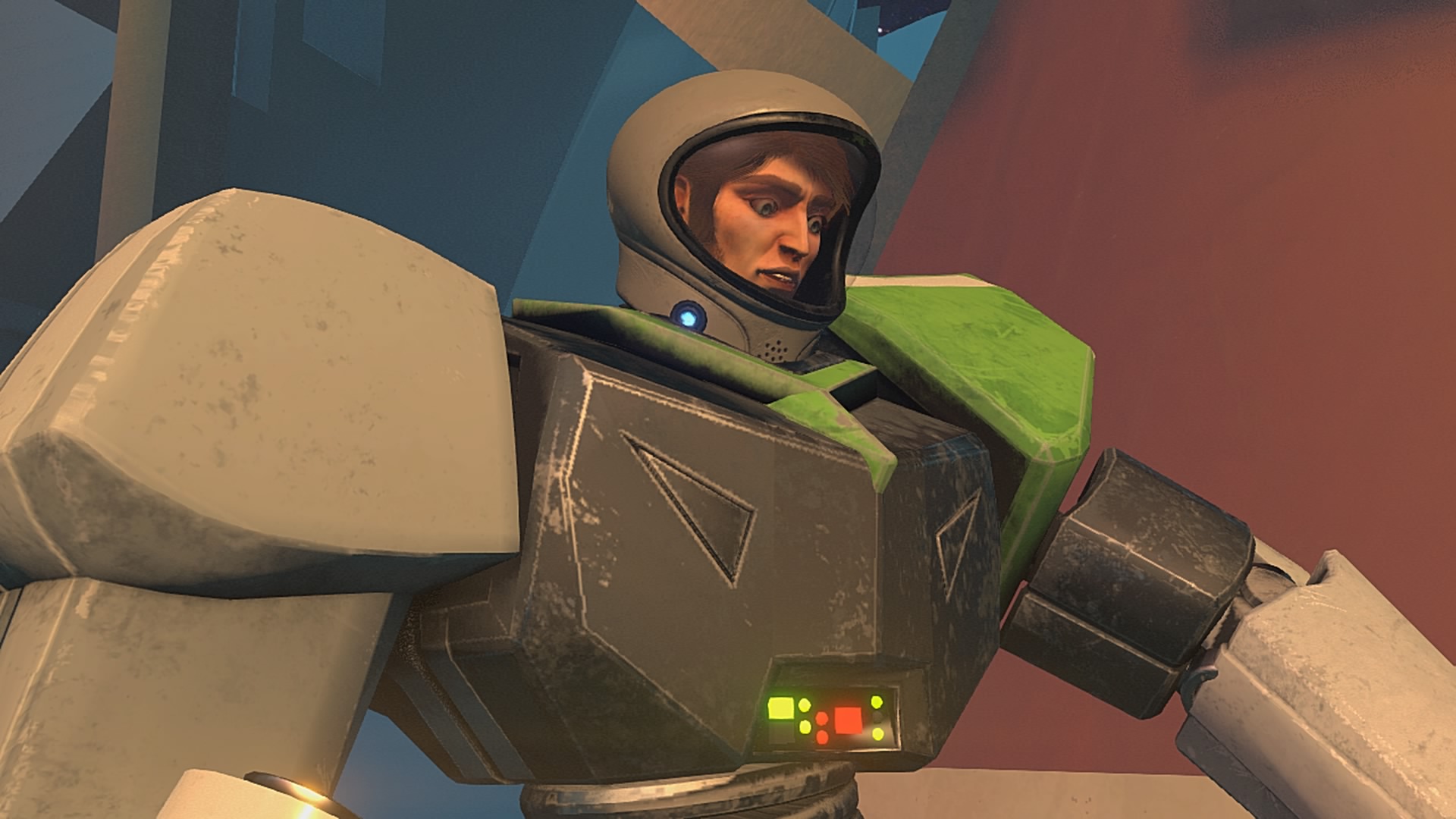
-
Headlander Review
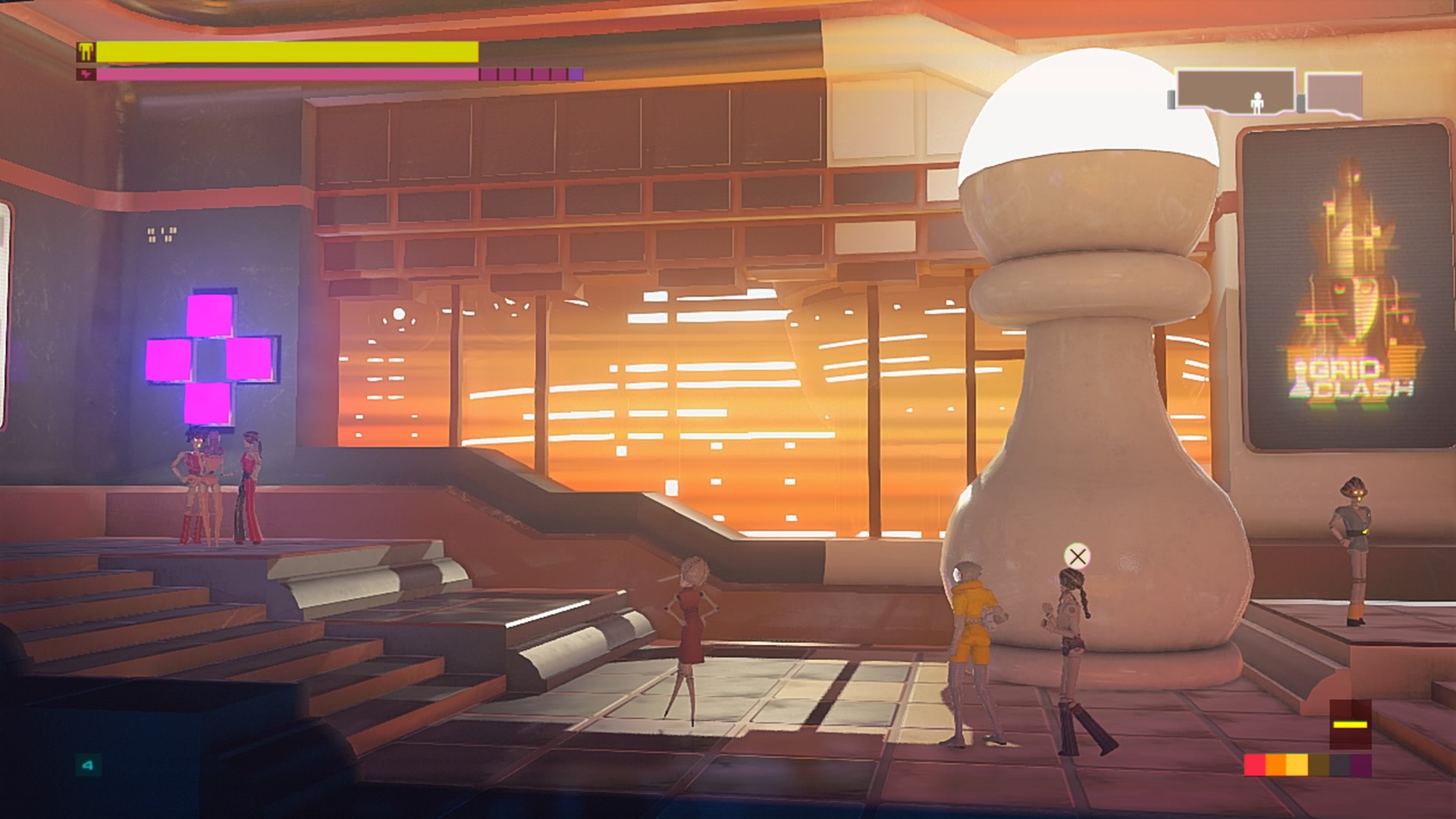
-
Headlander Review
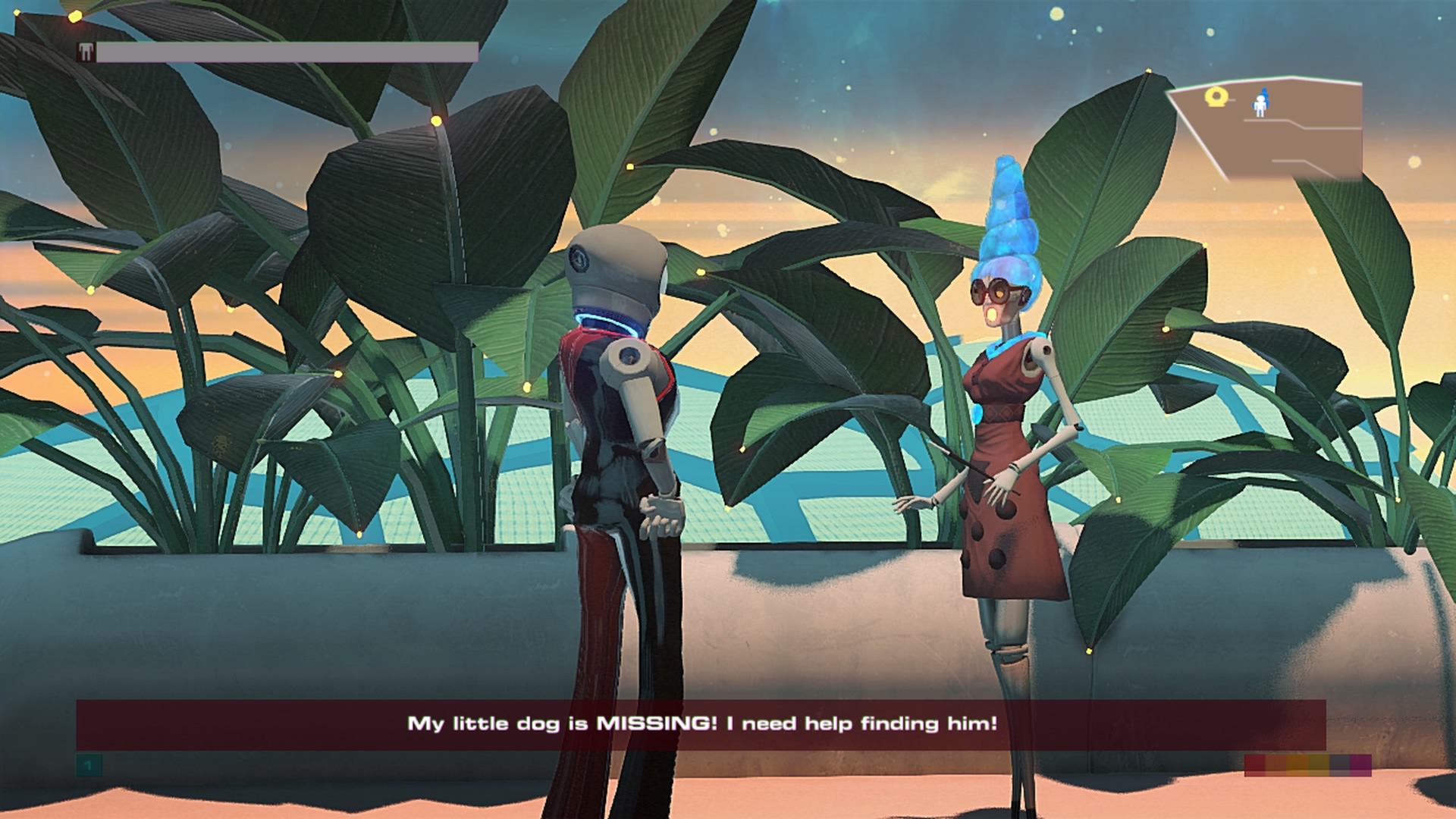
-
Headlander Review
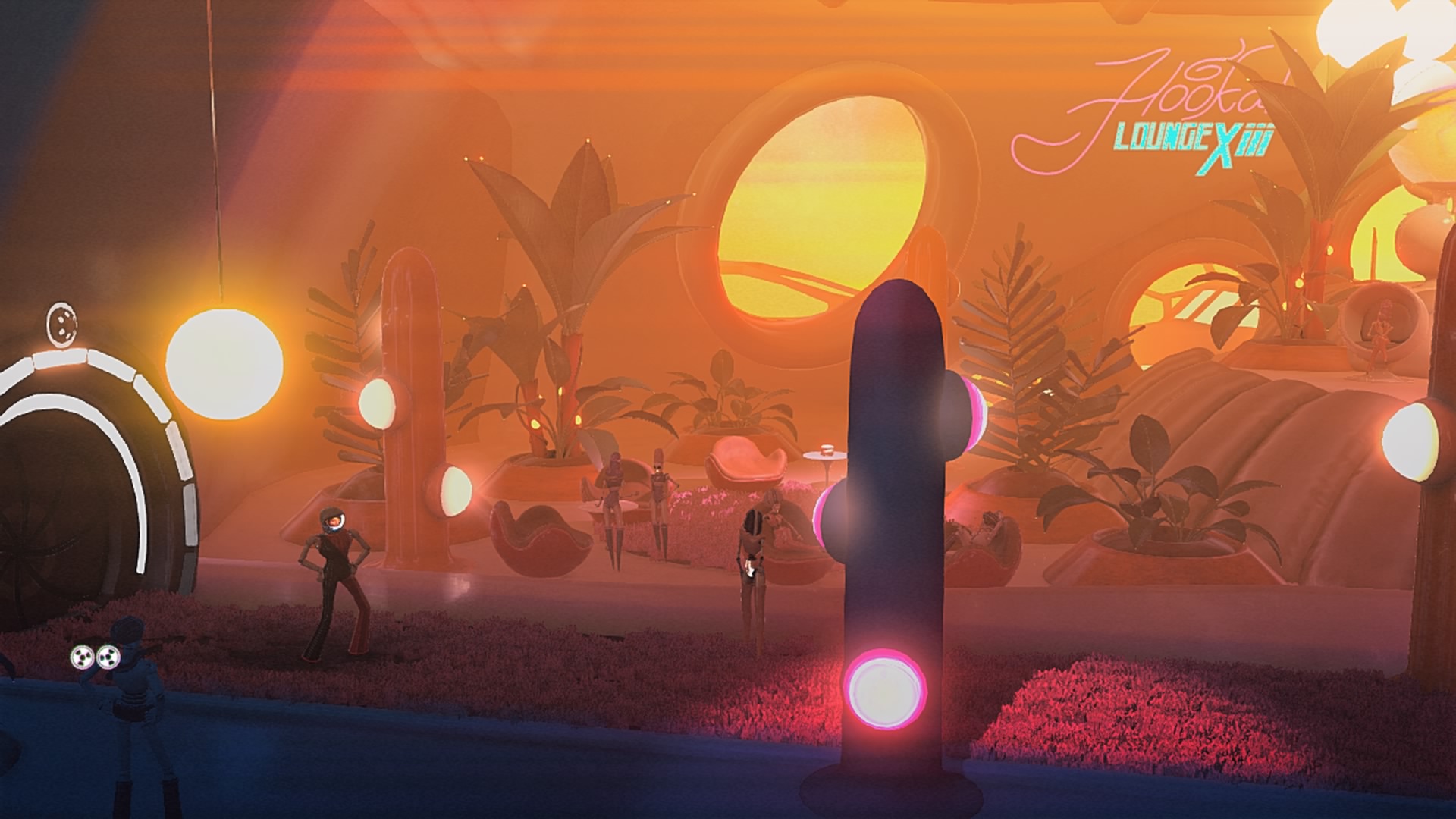
-
Headlander Review
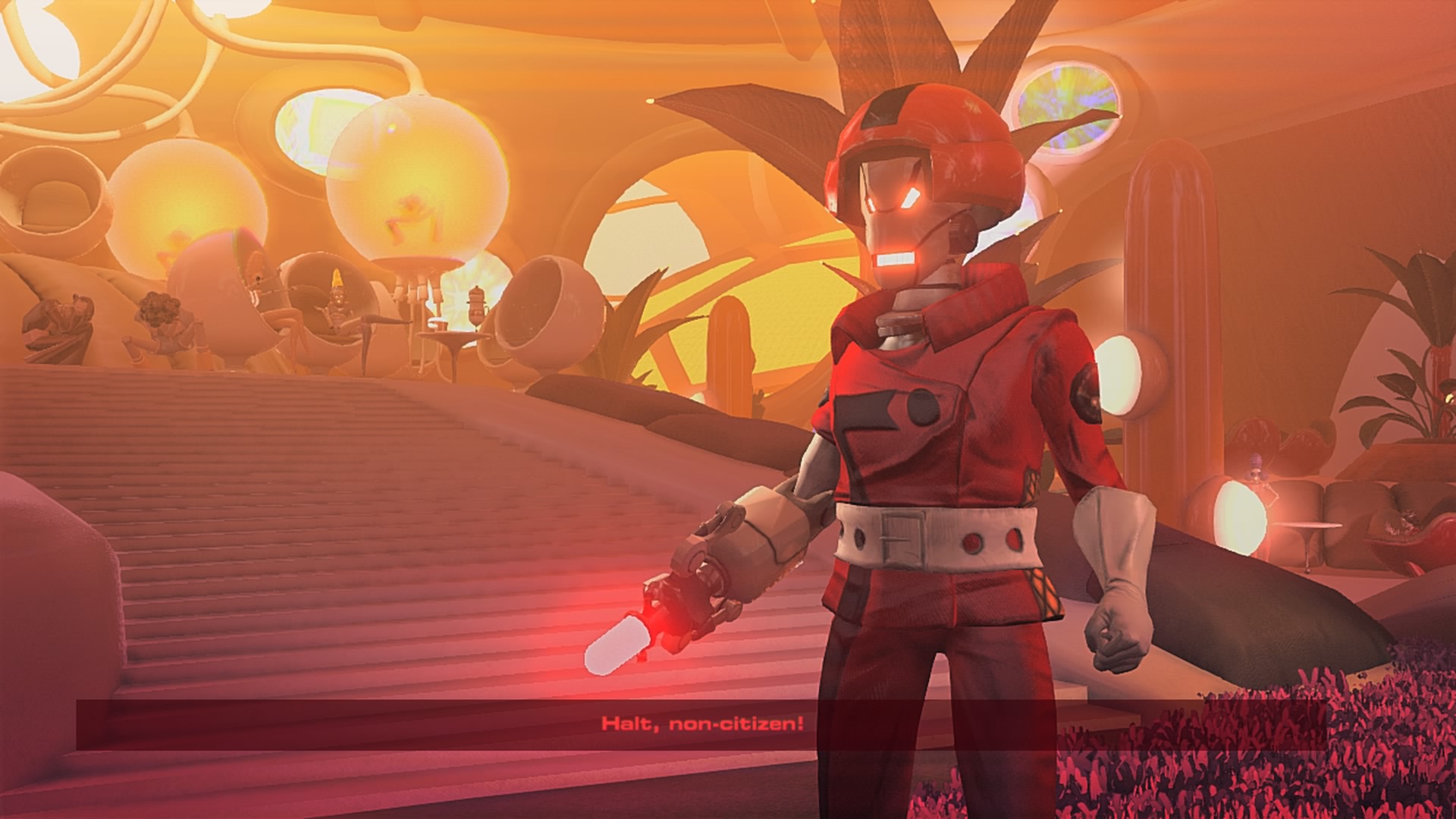
-
Headlander Review
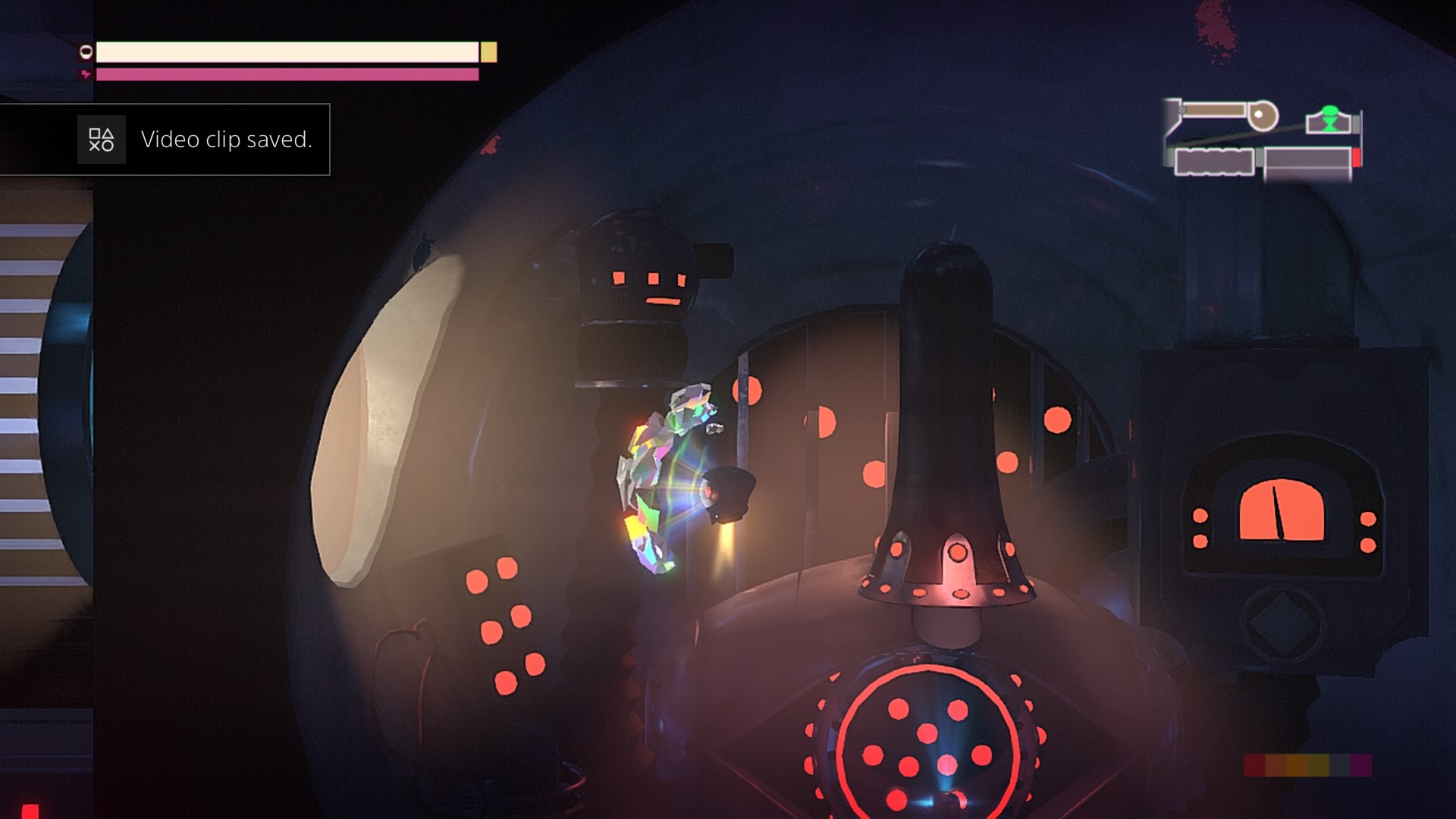
-
Headlander Review
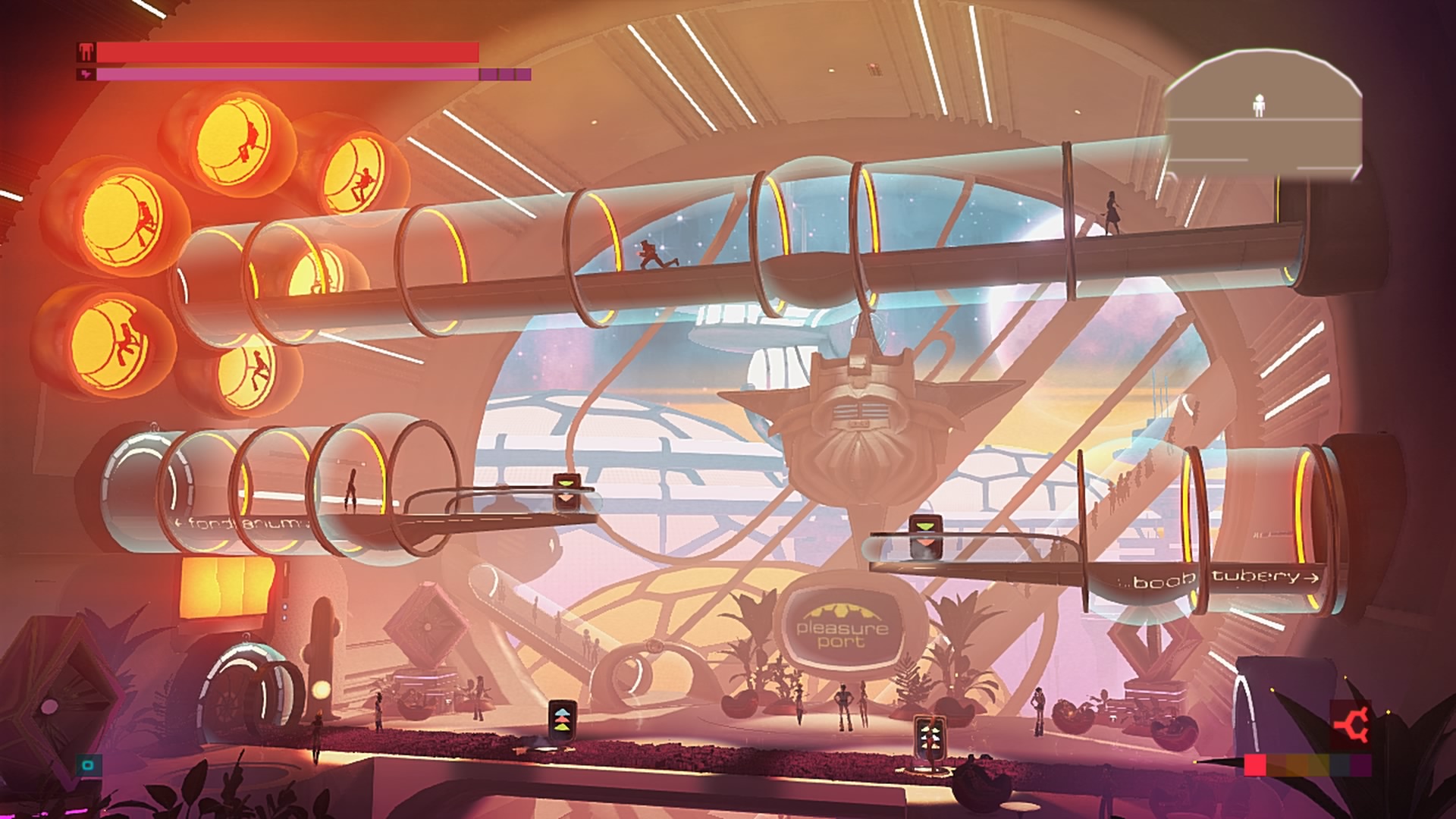
-
Headlander Review
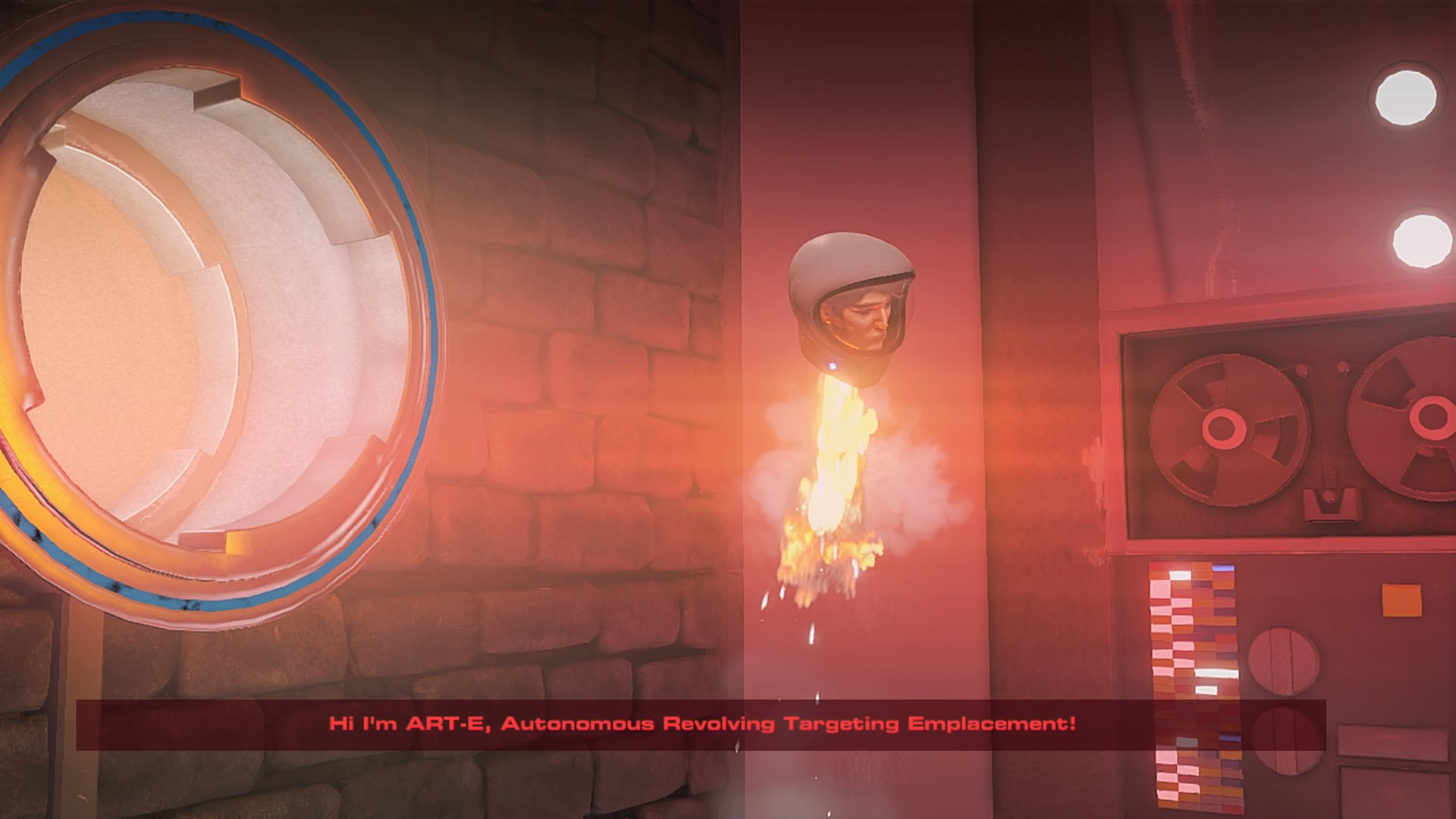
-
Headlander Review
